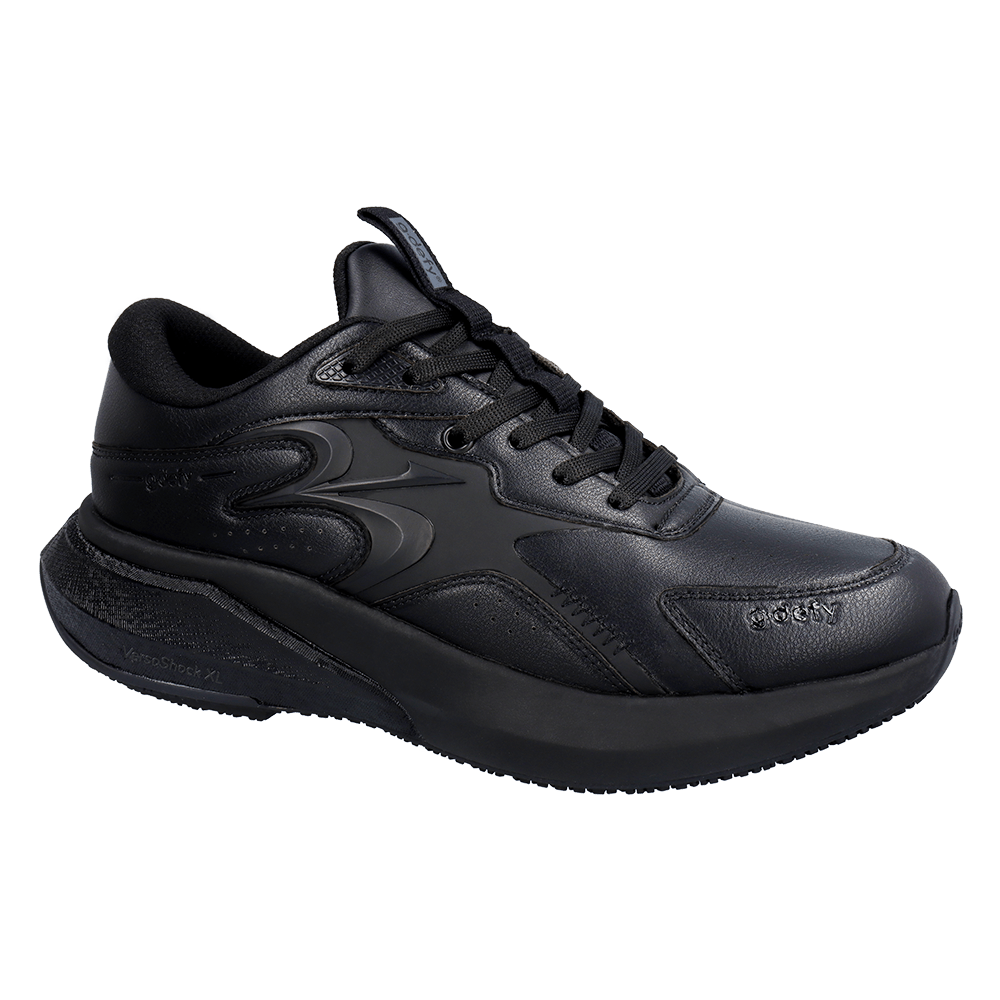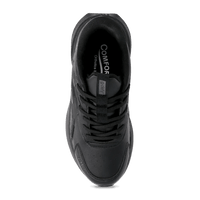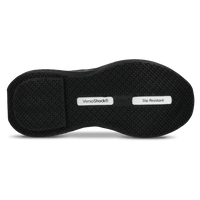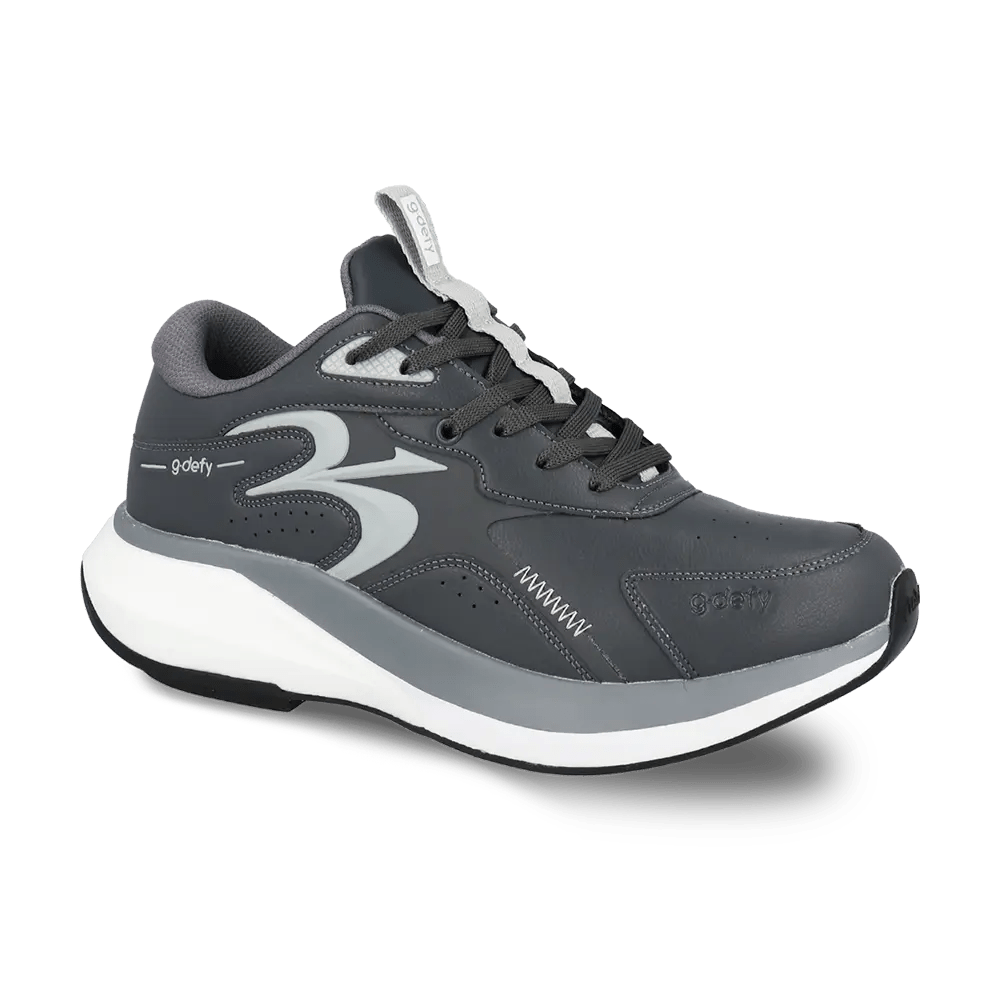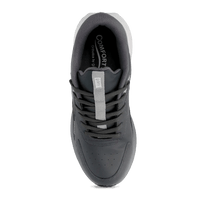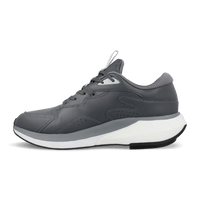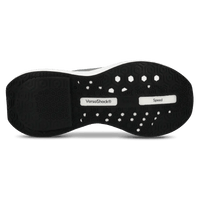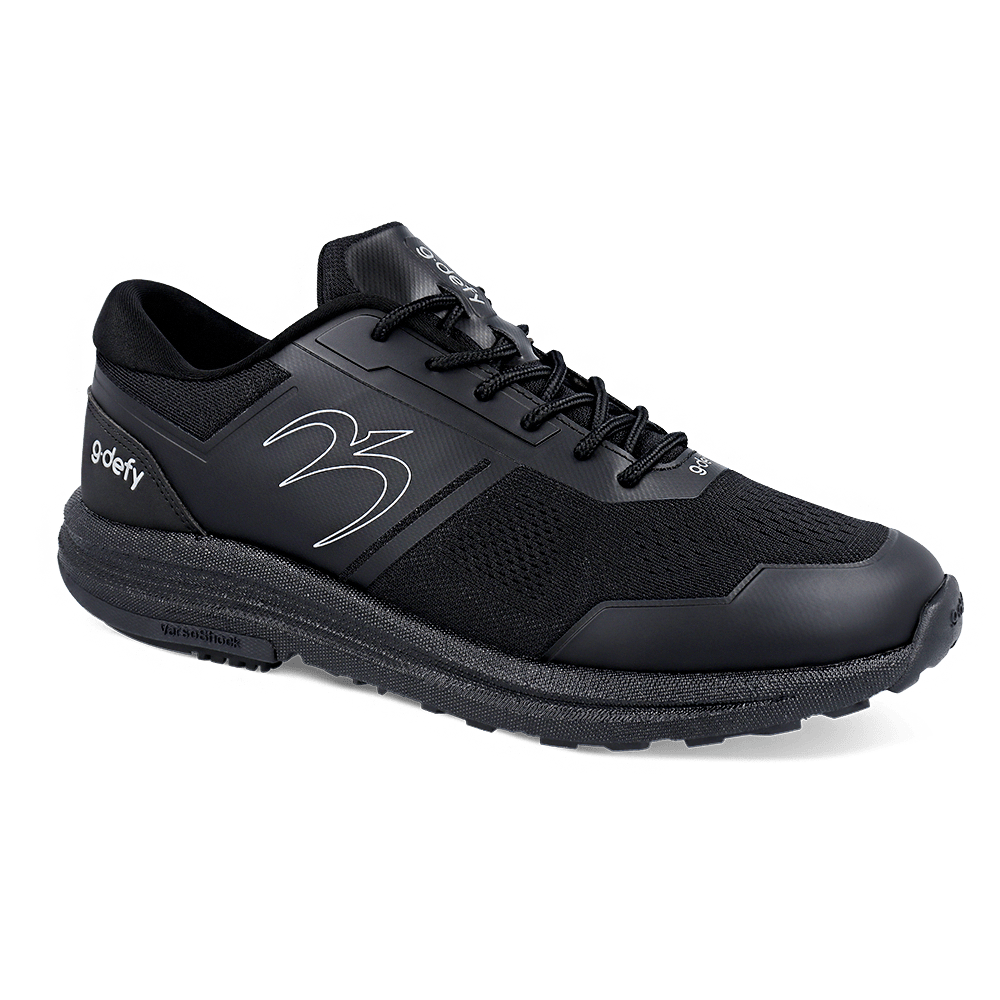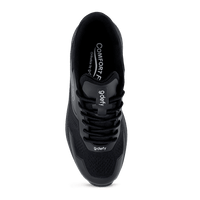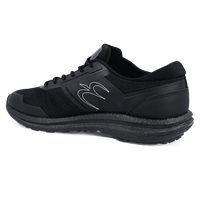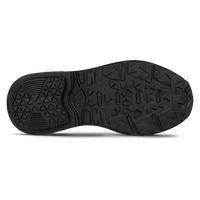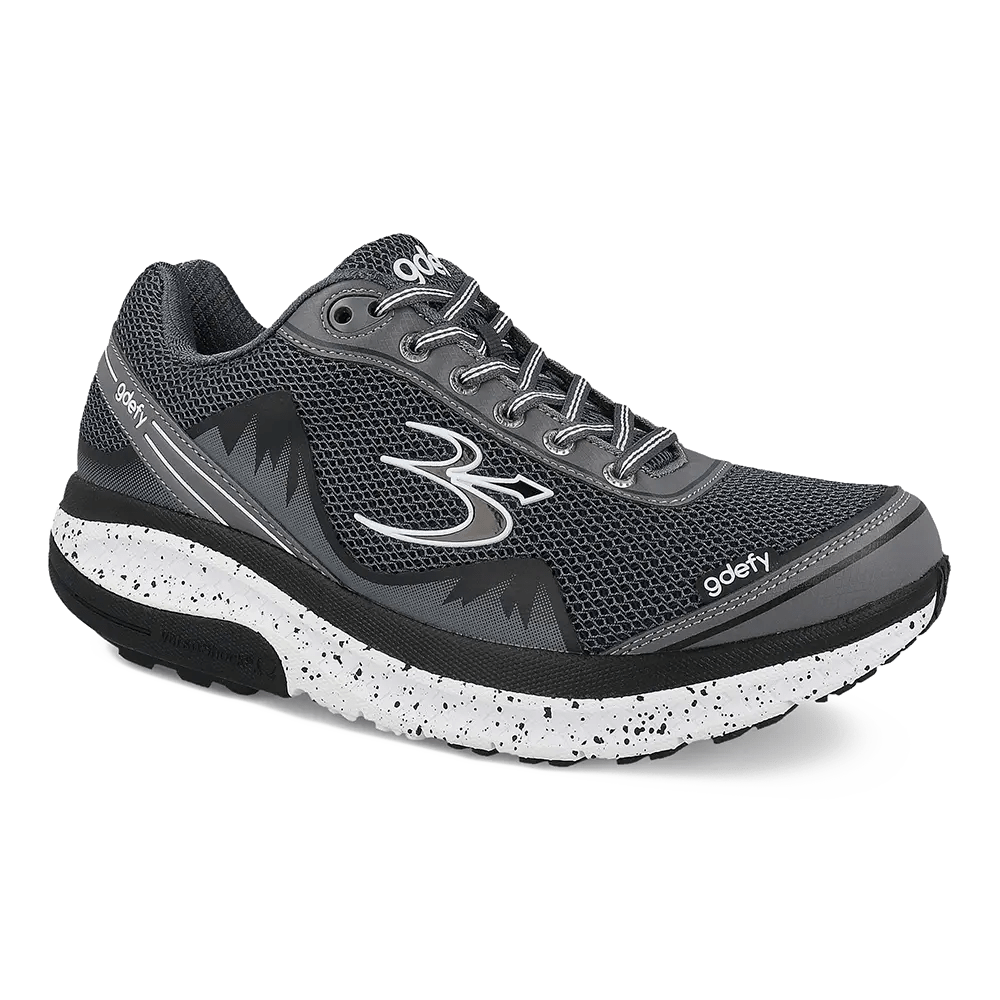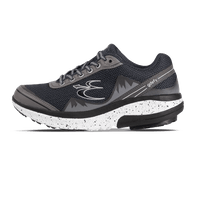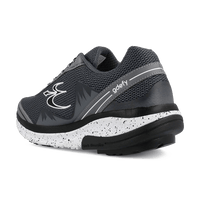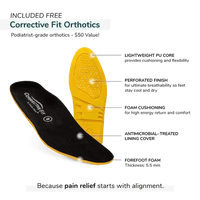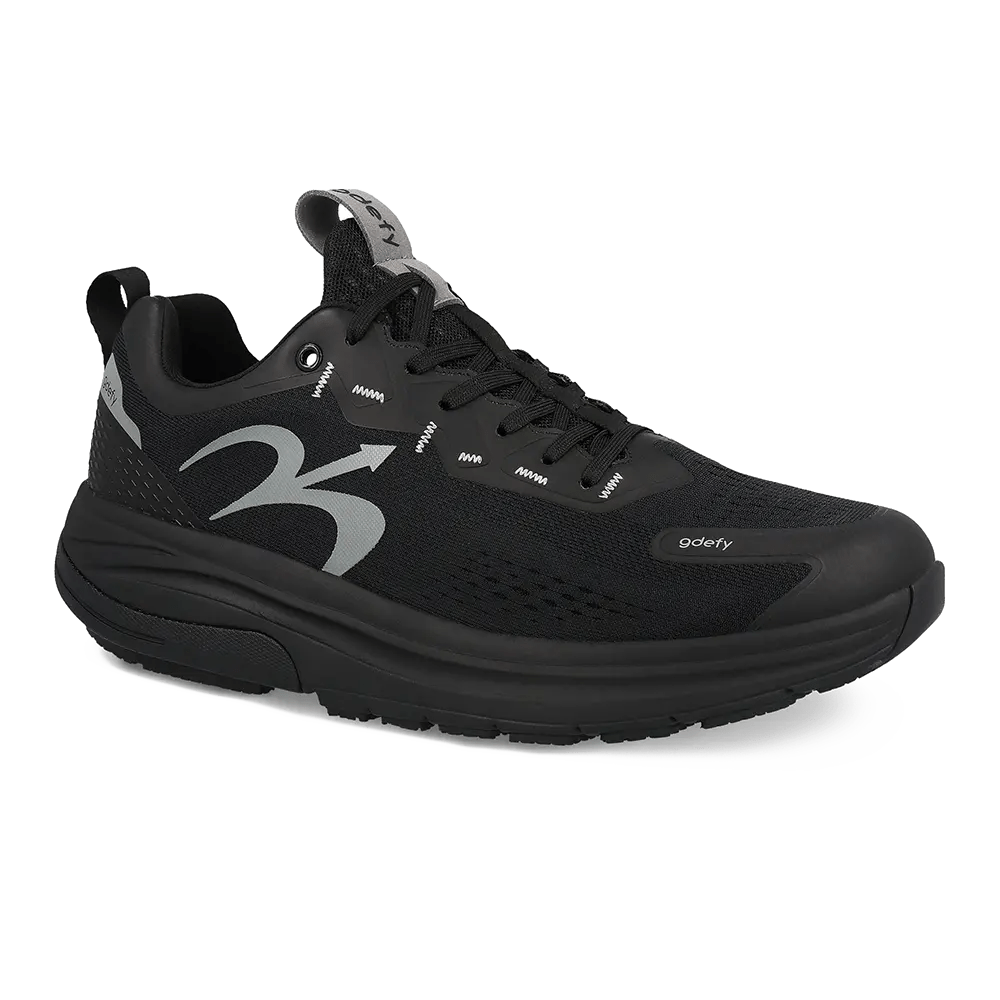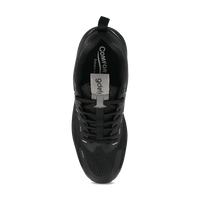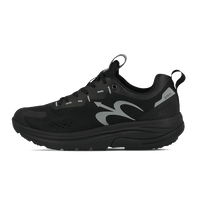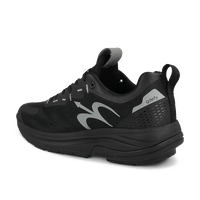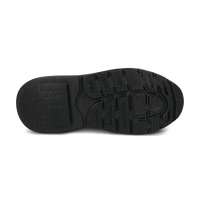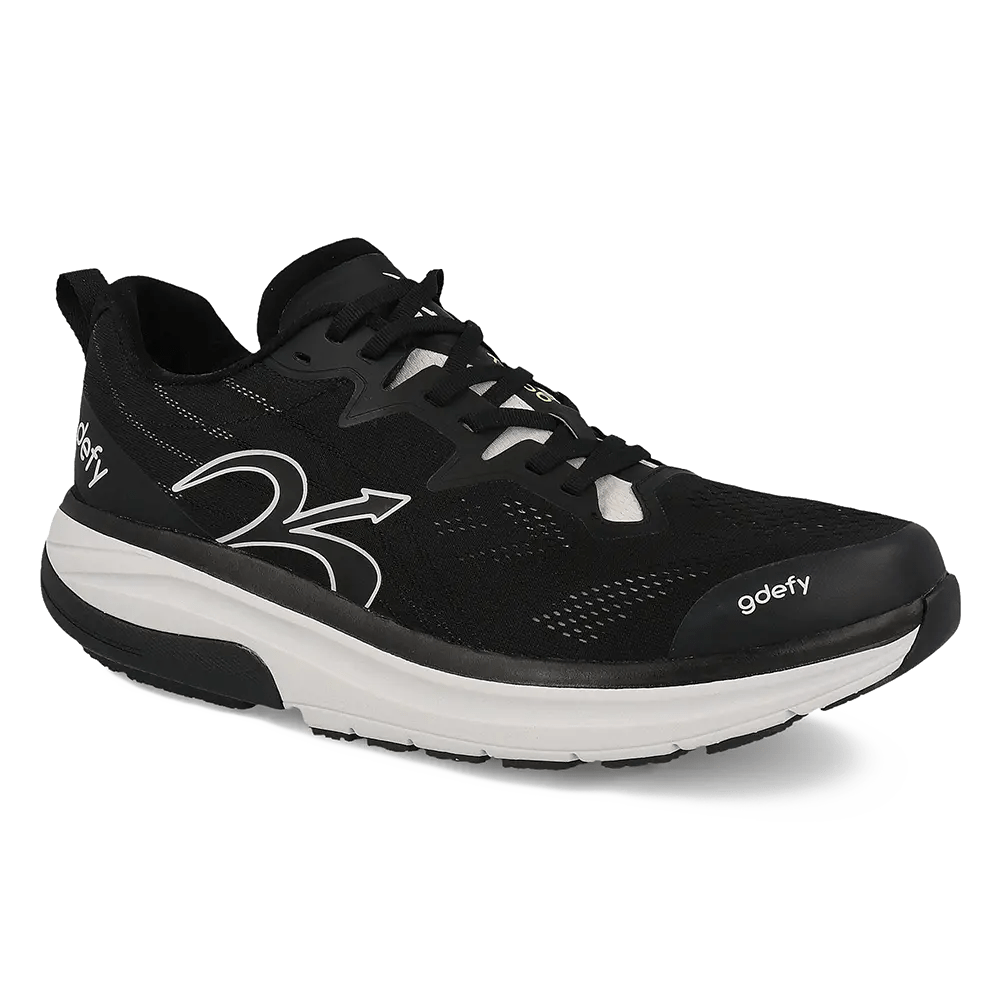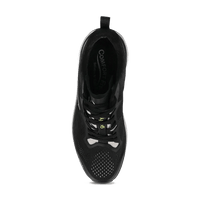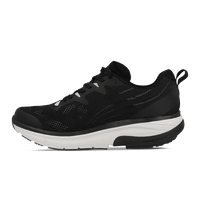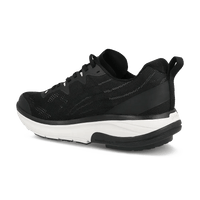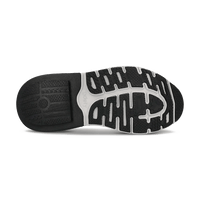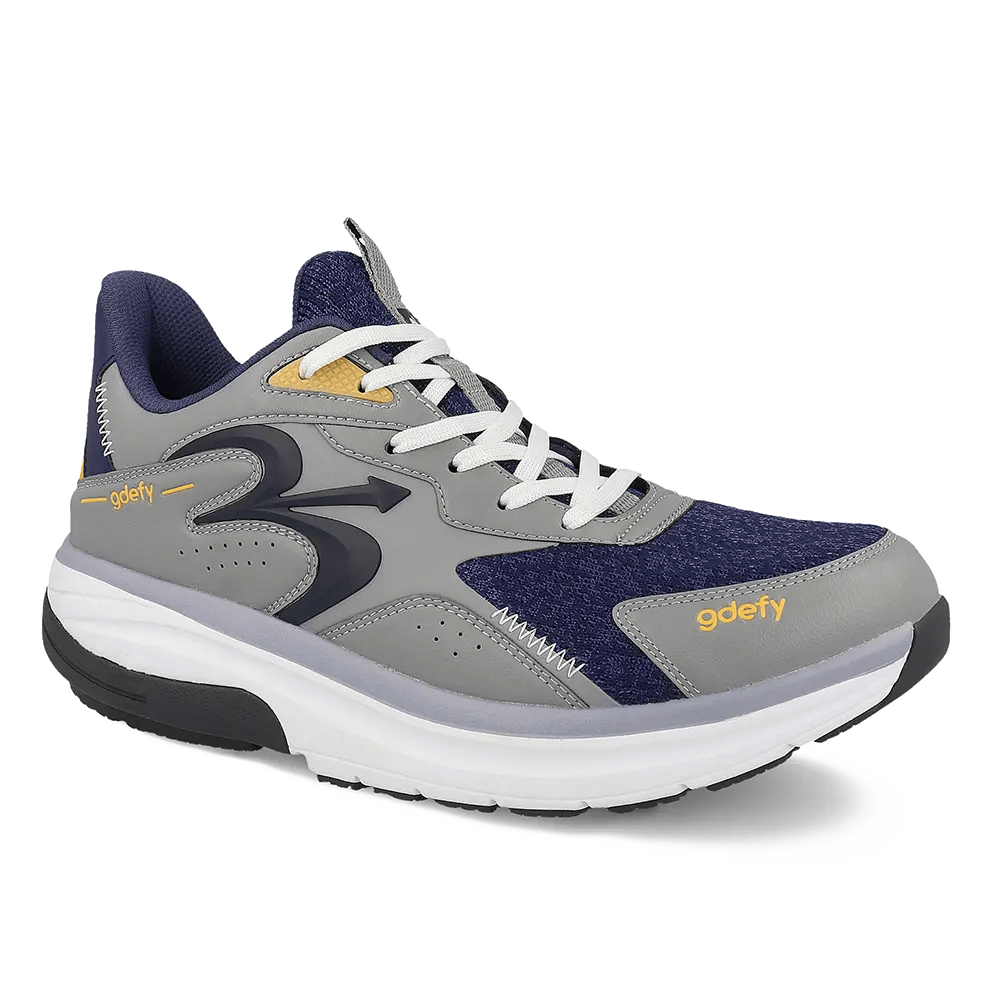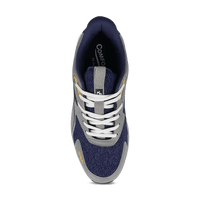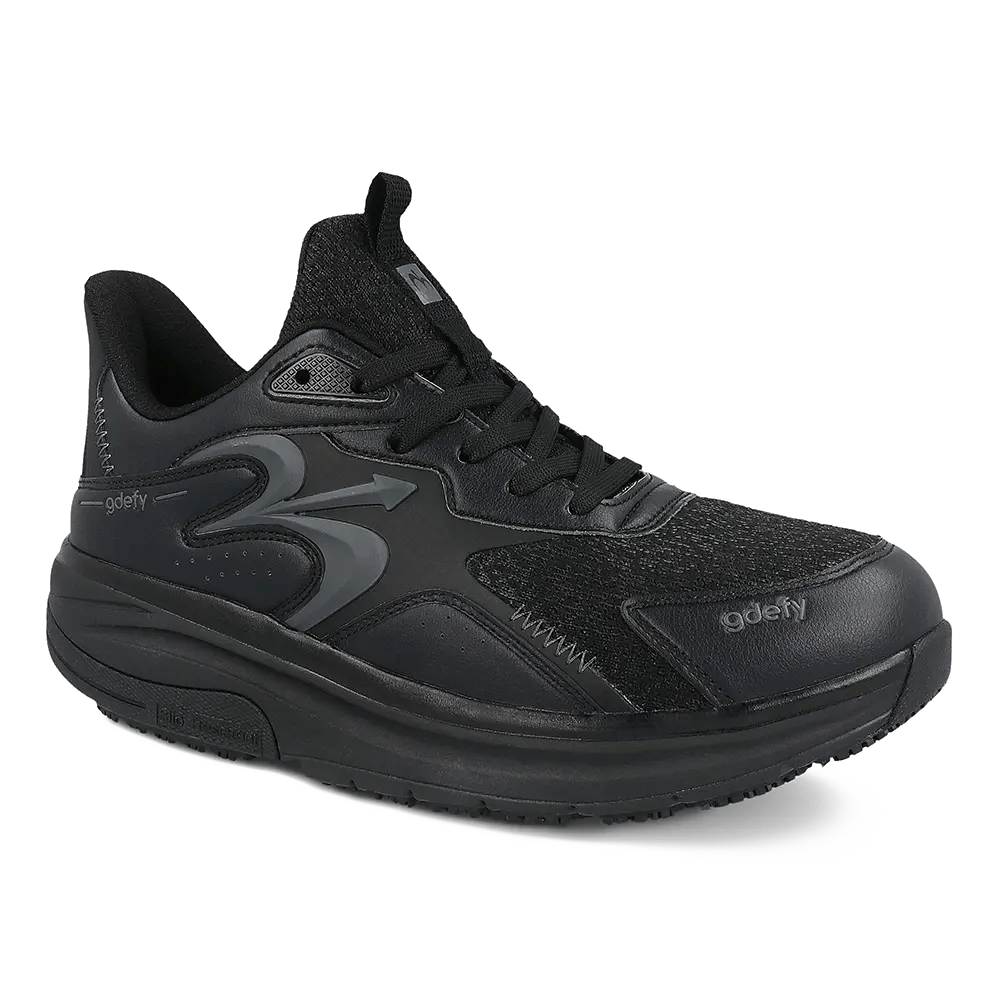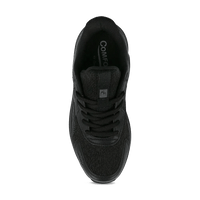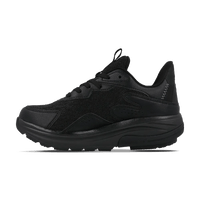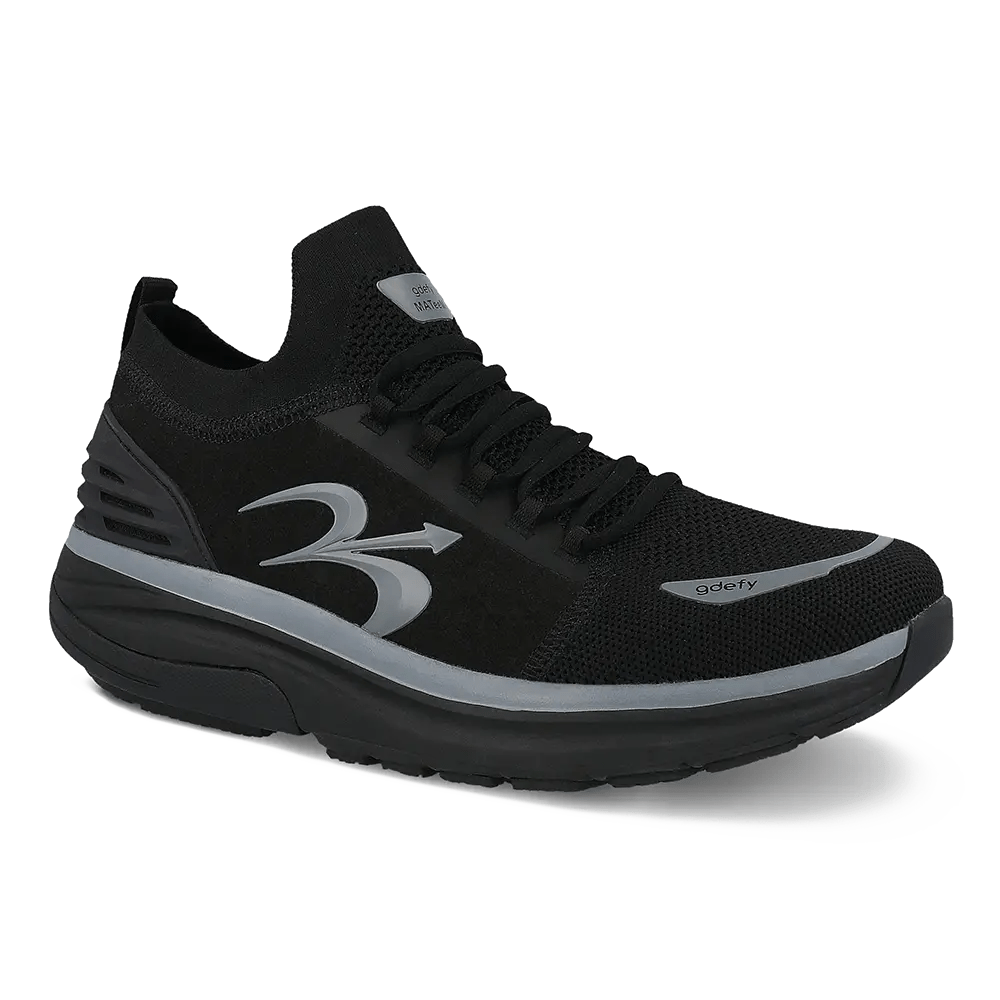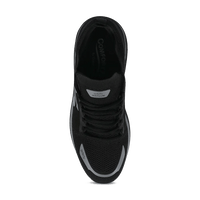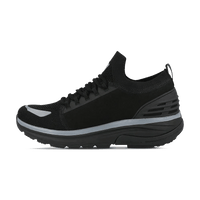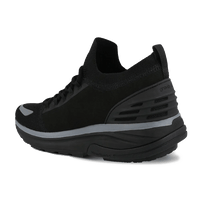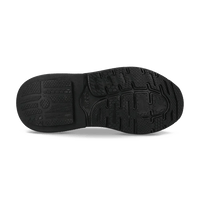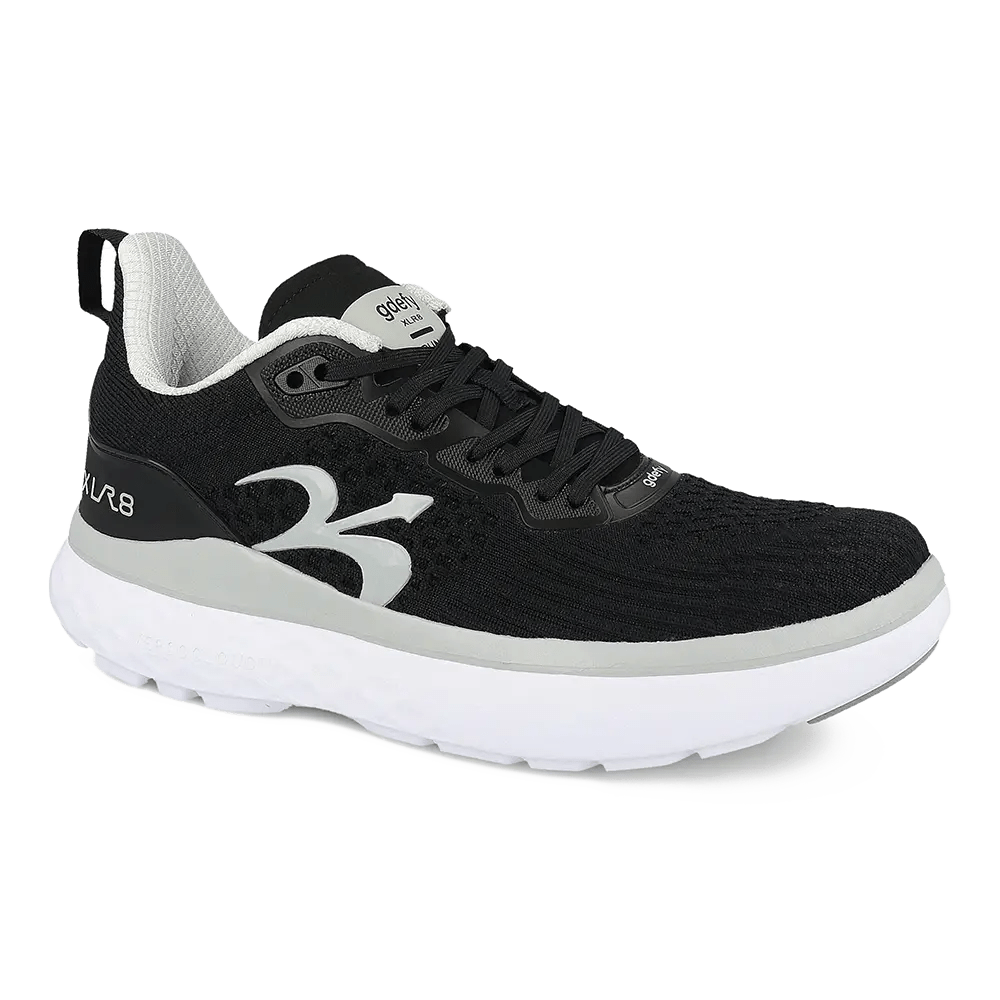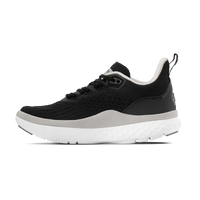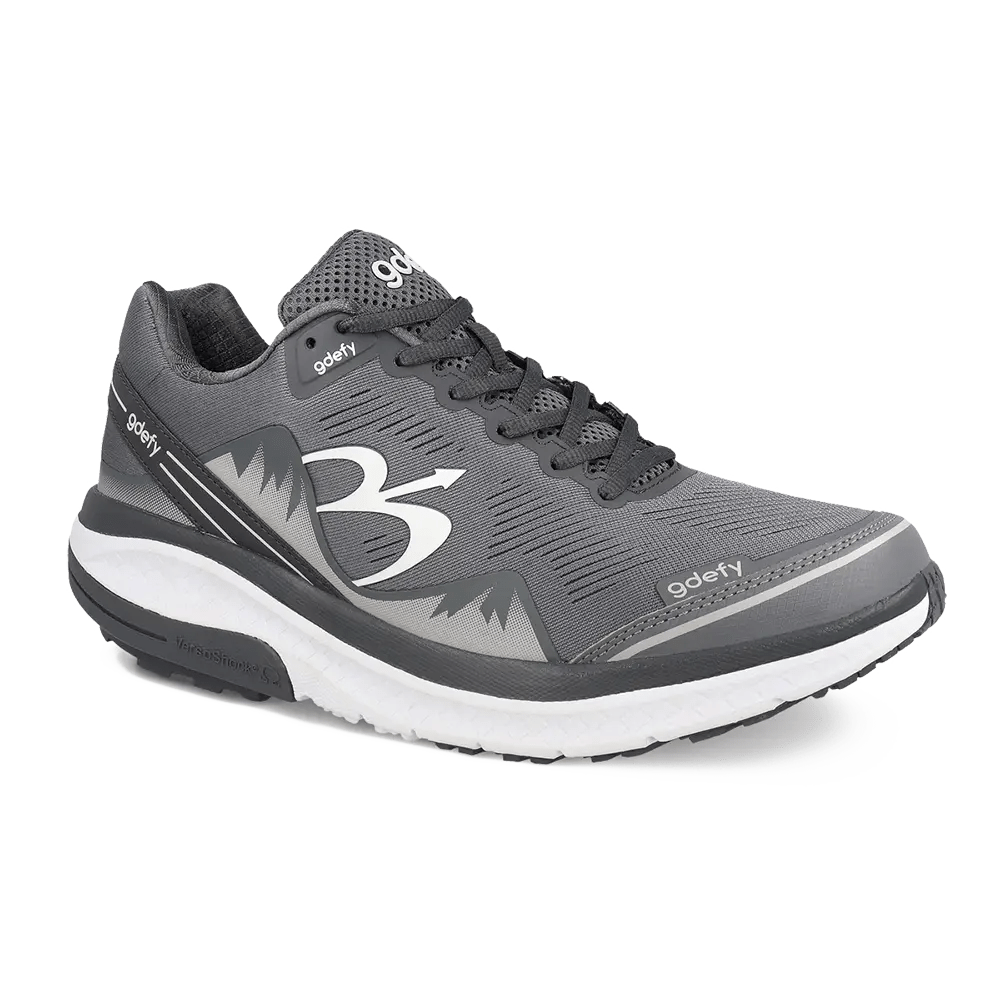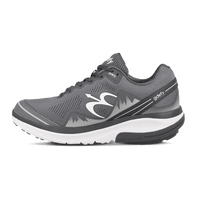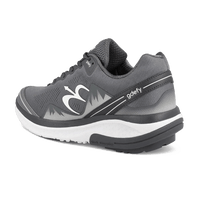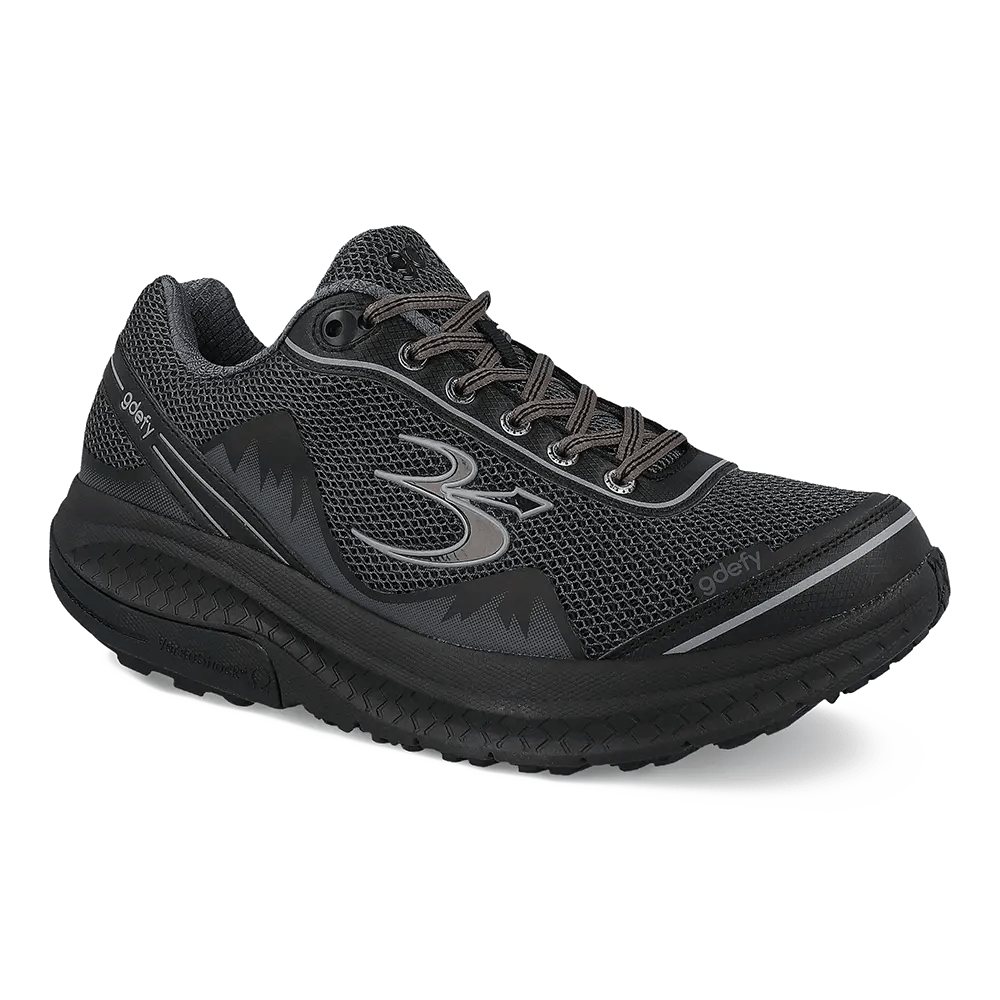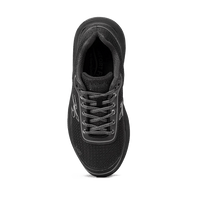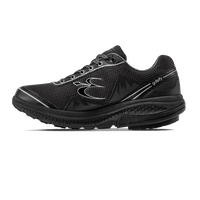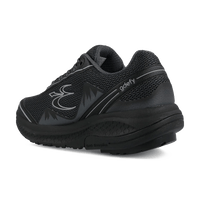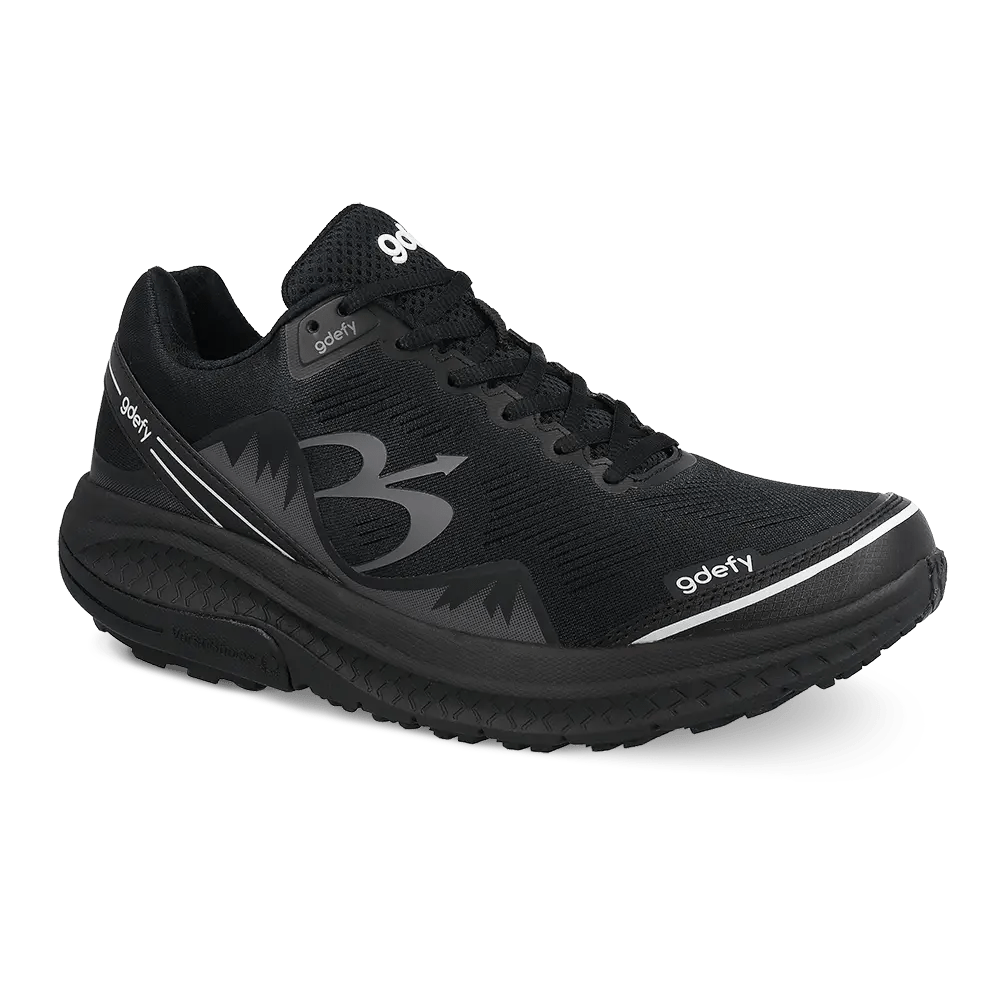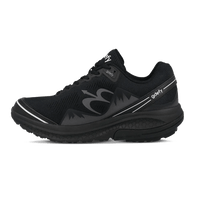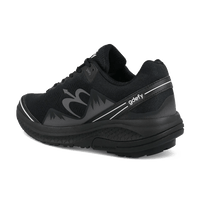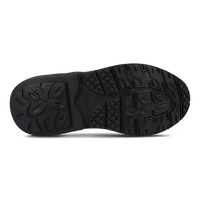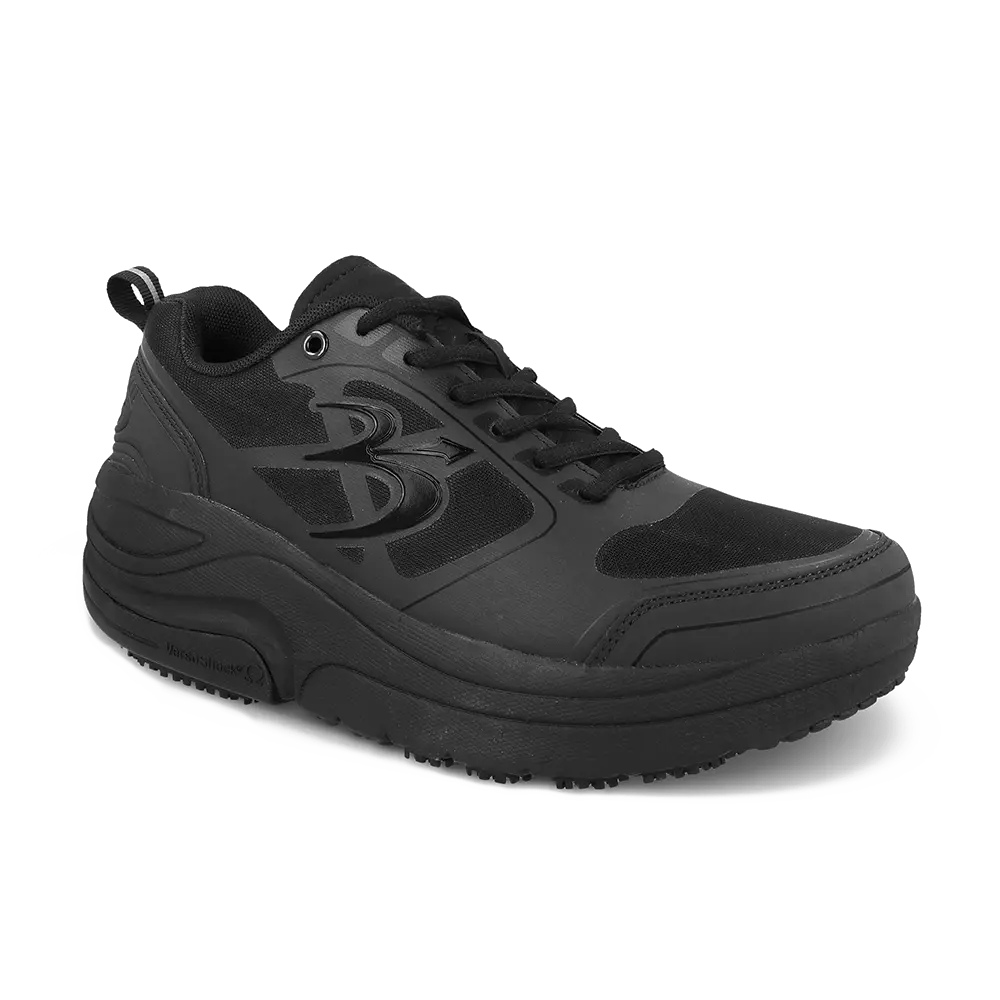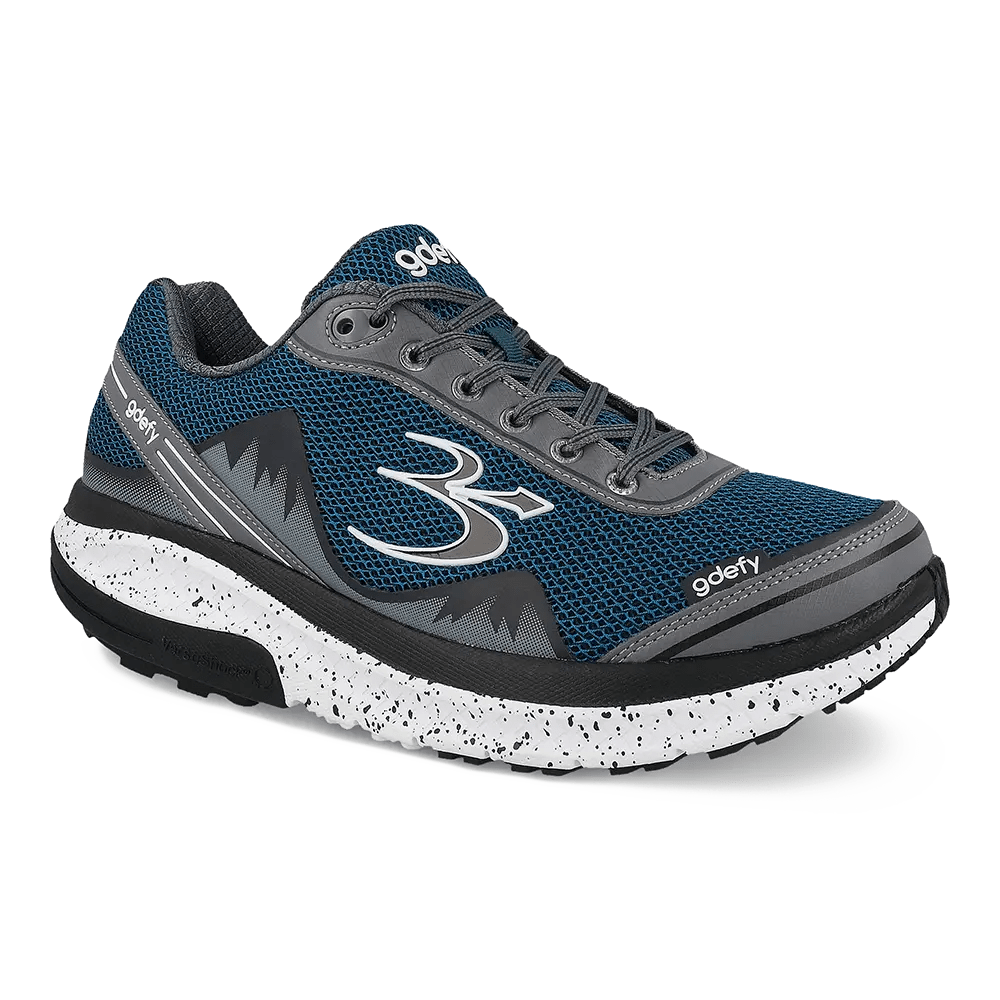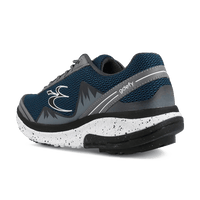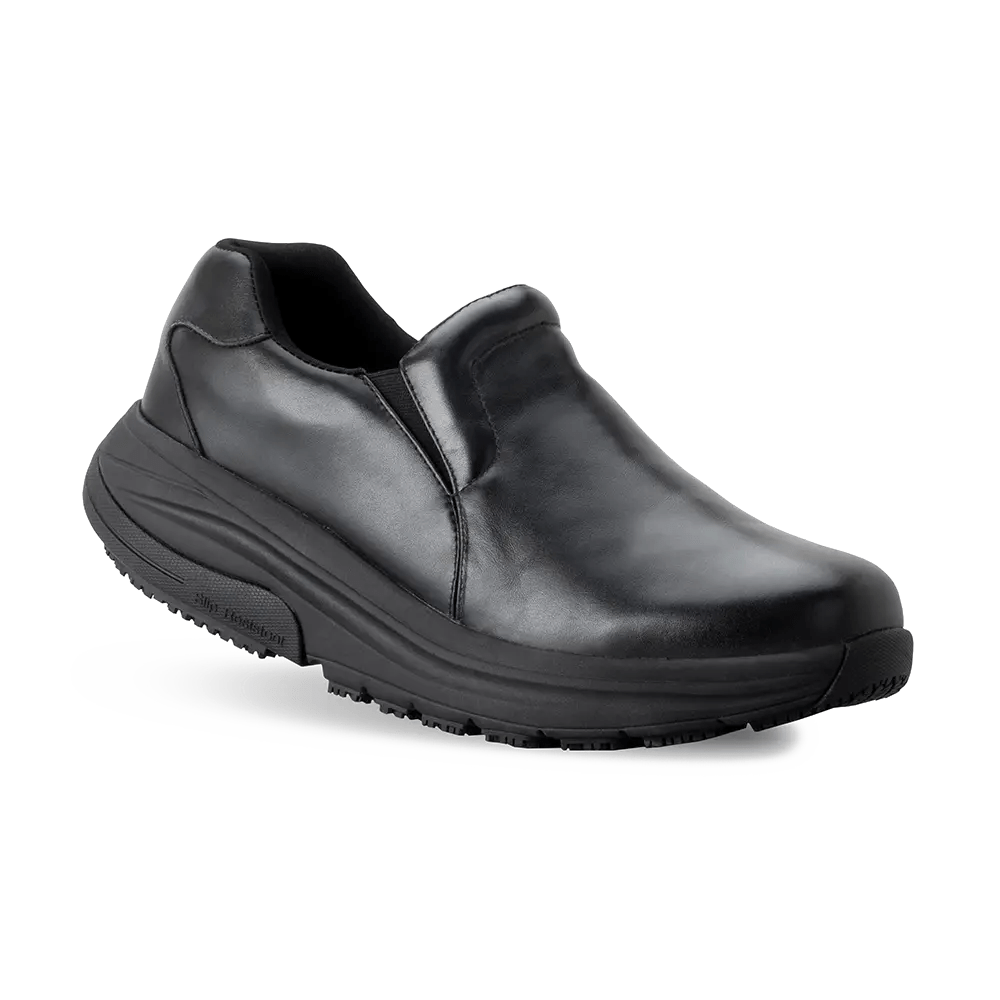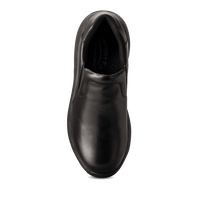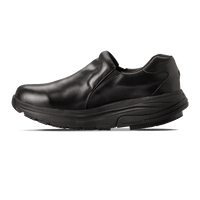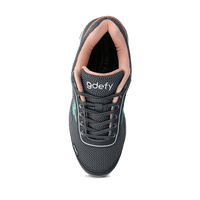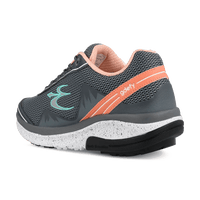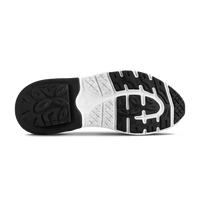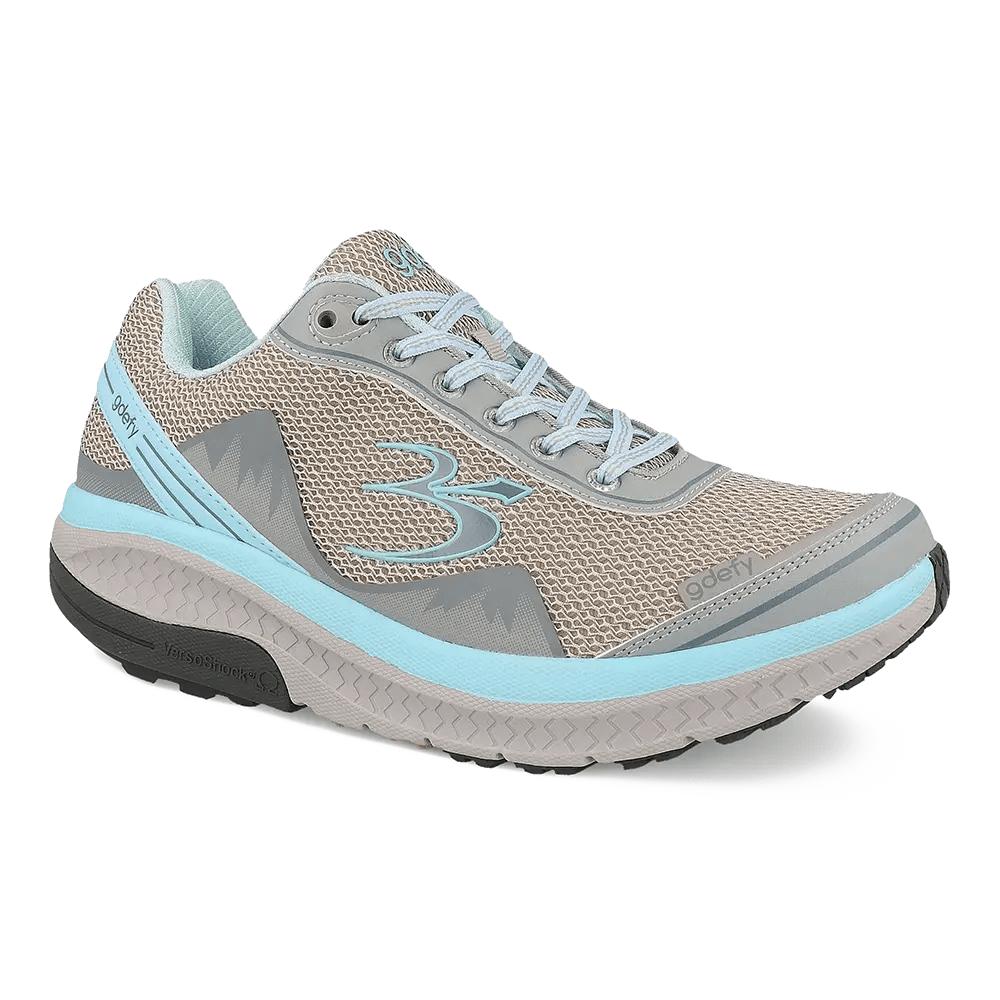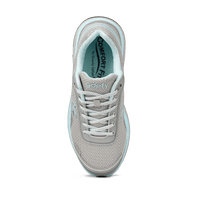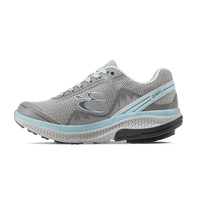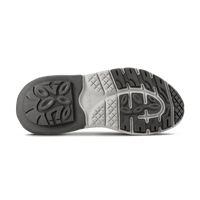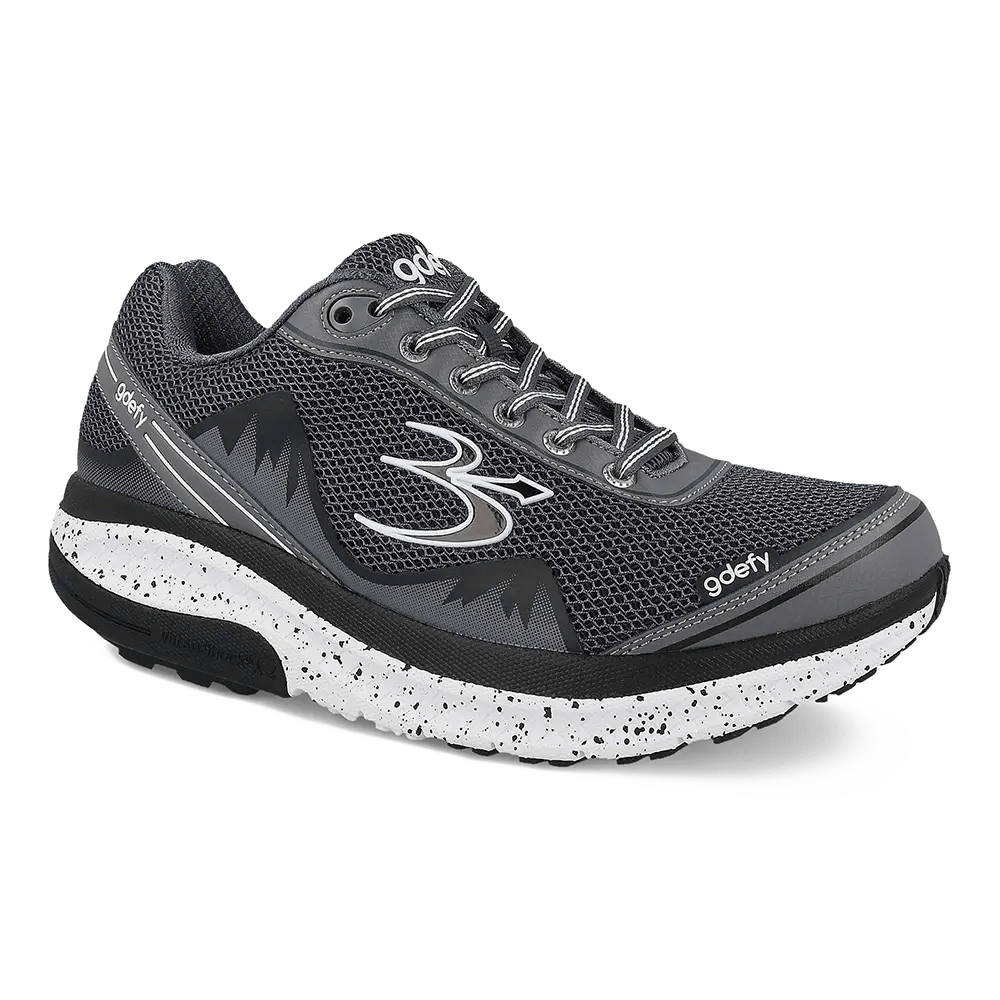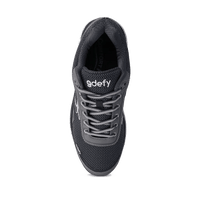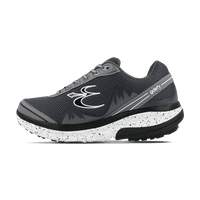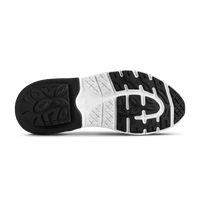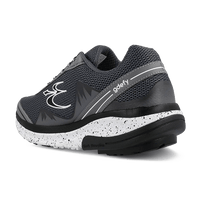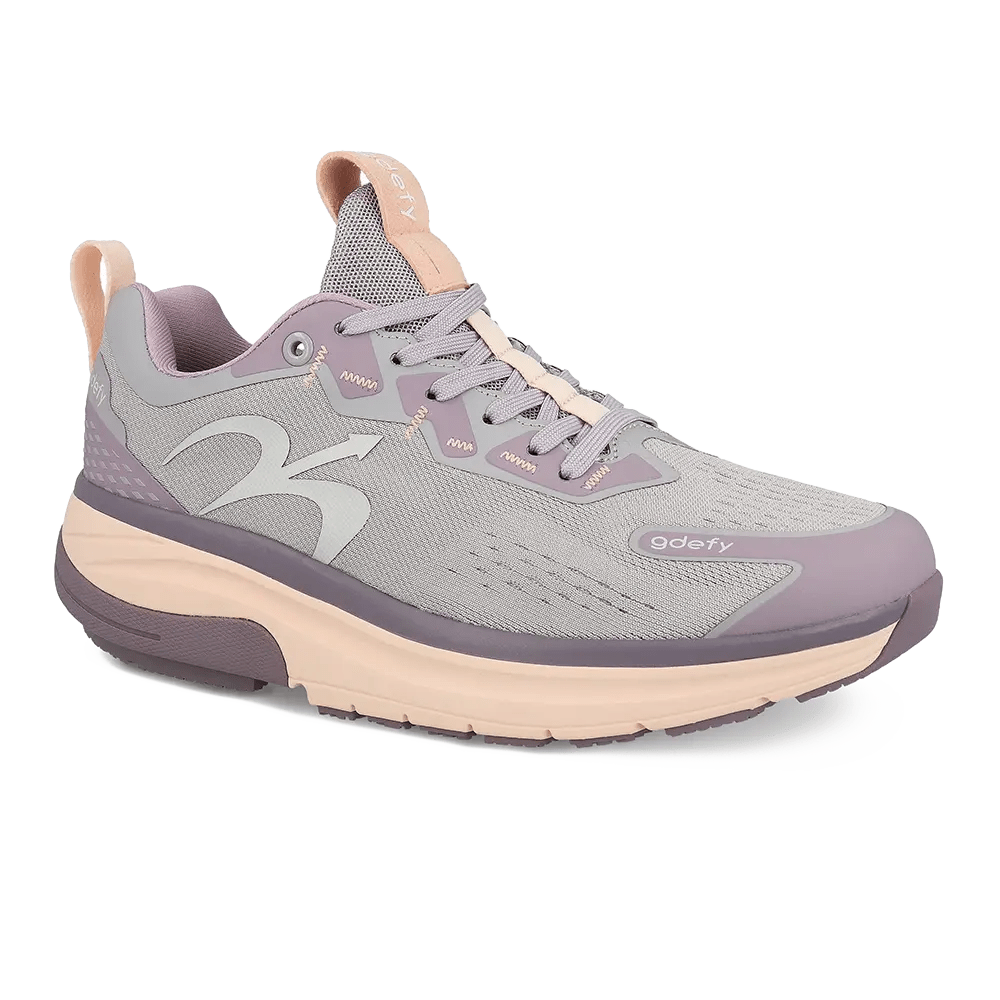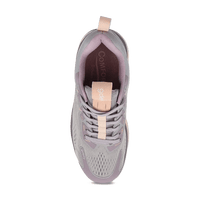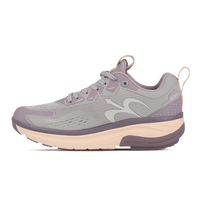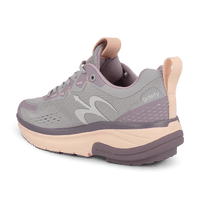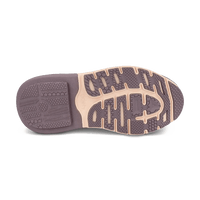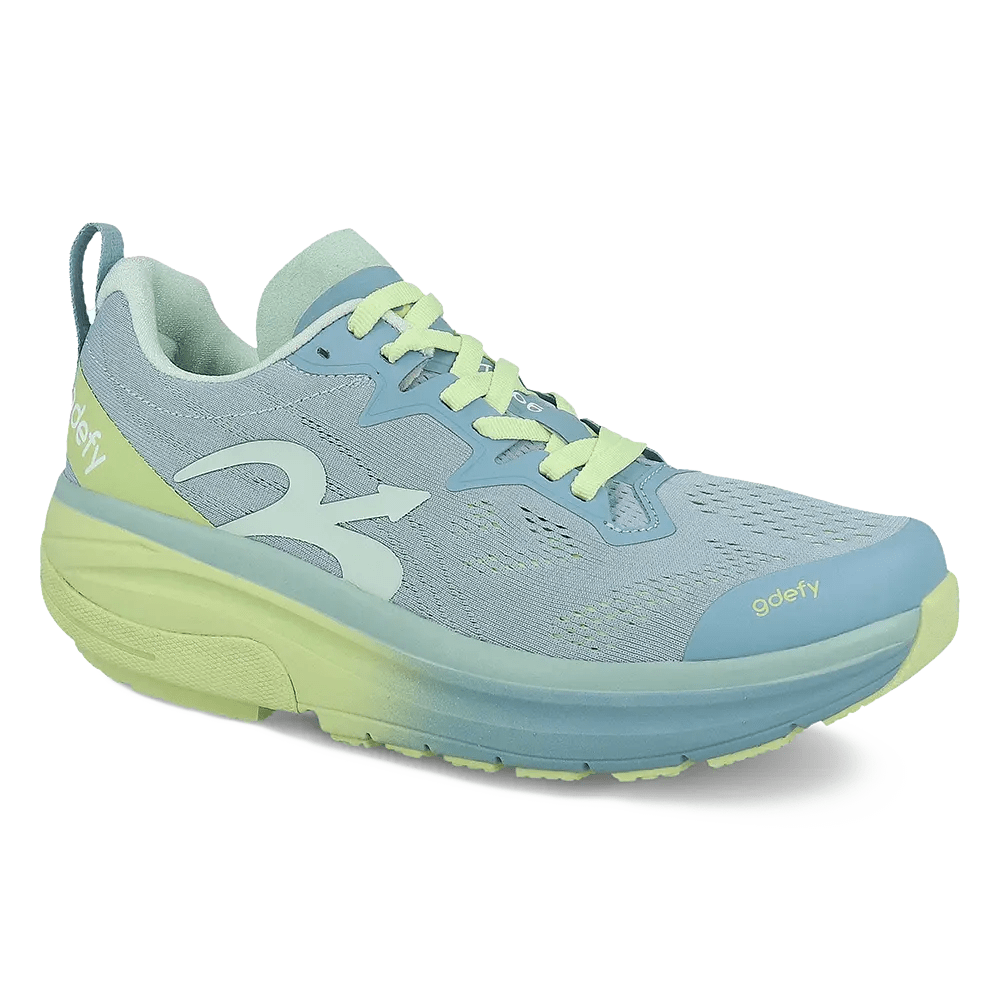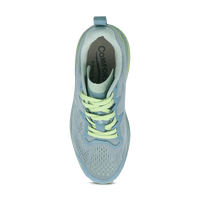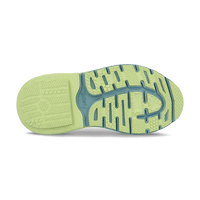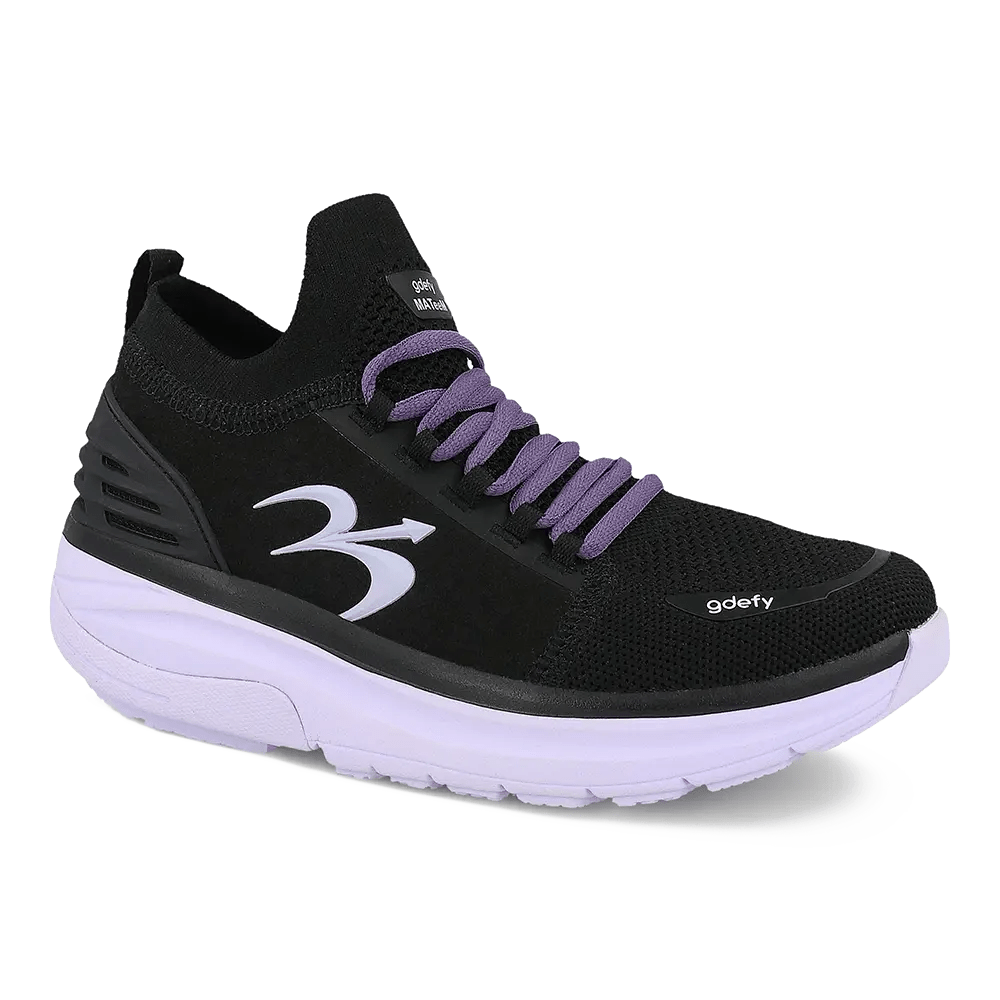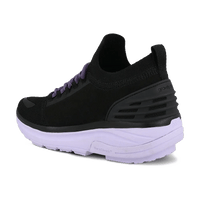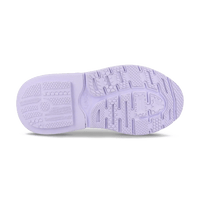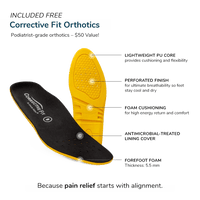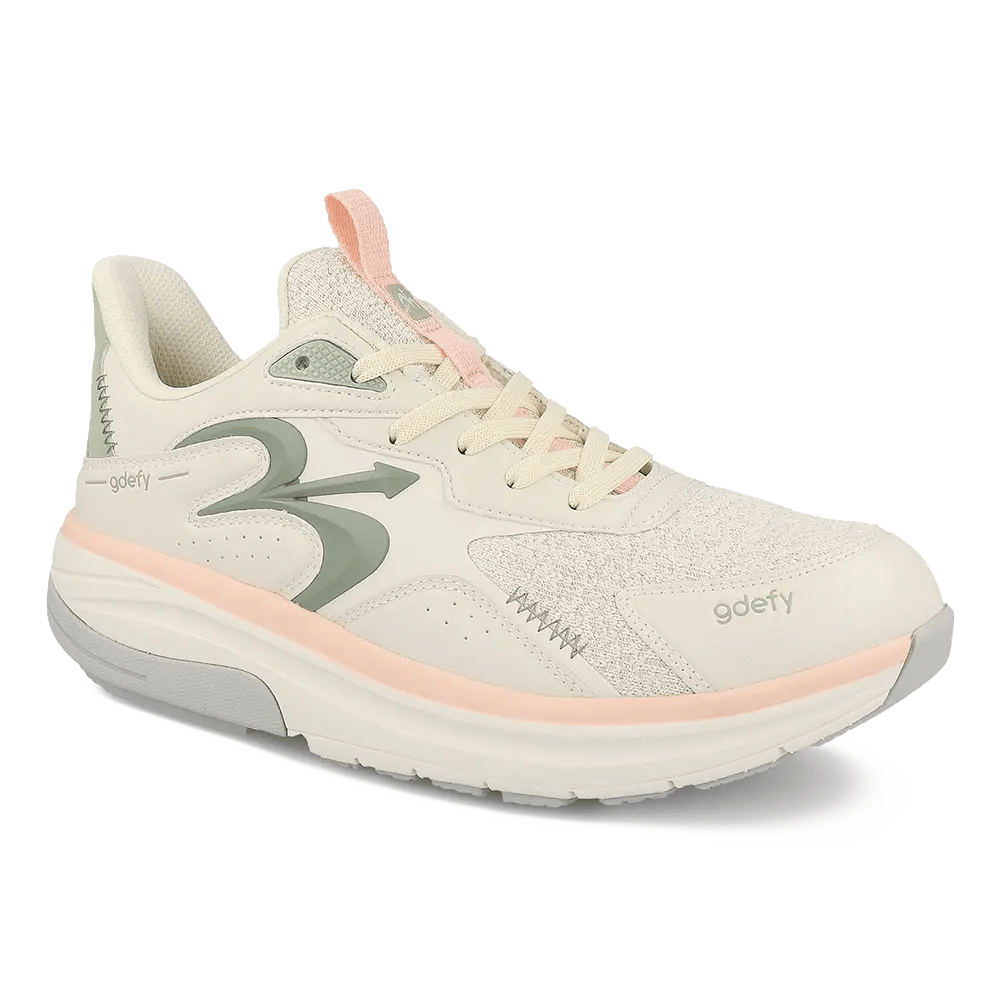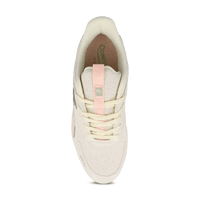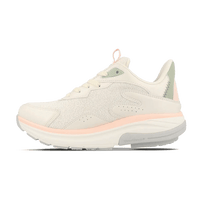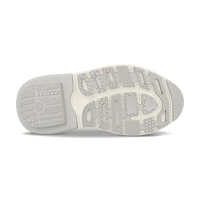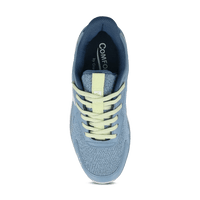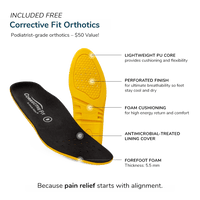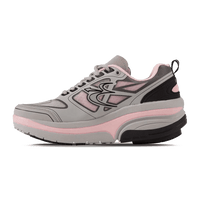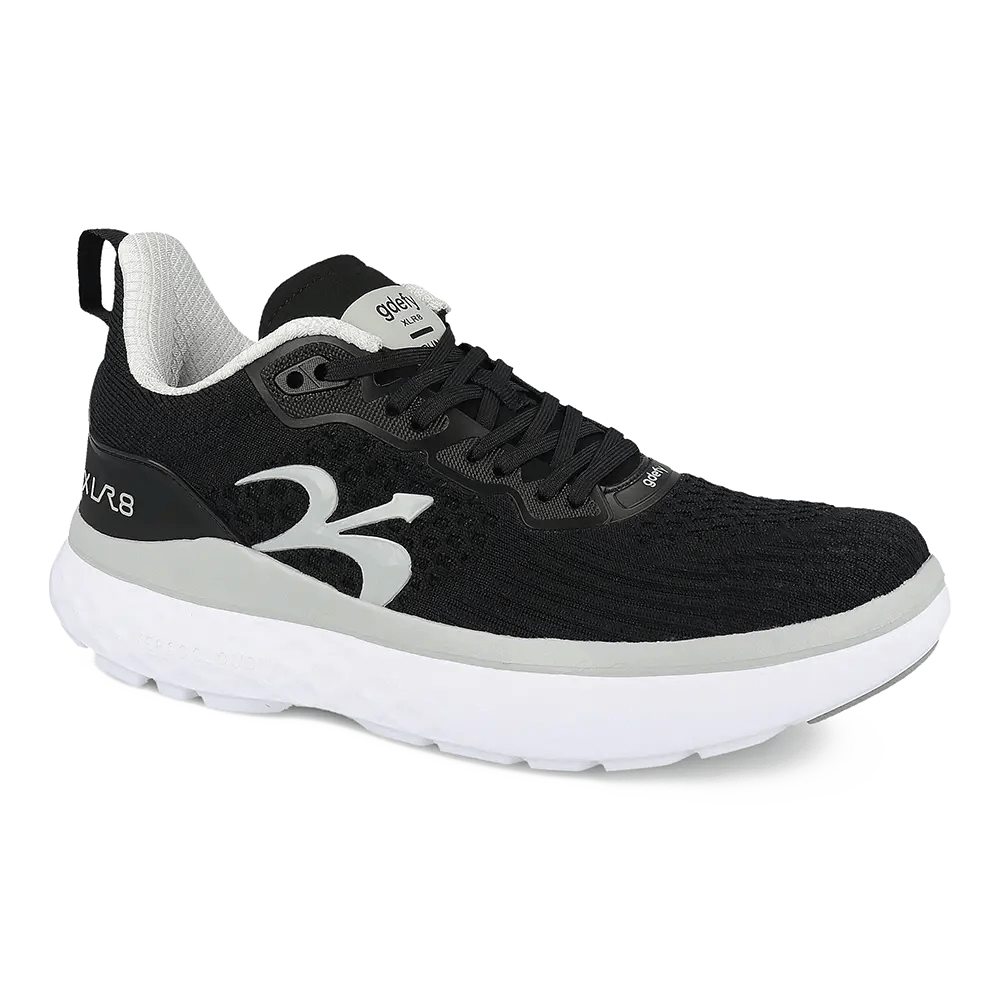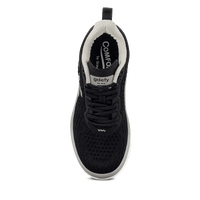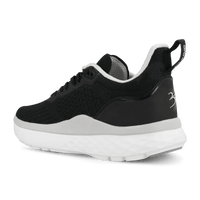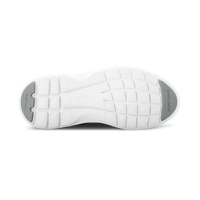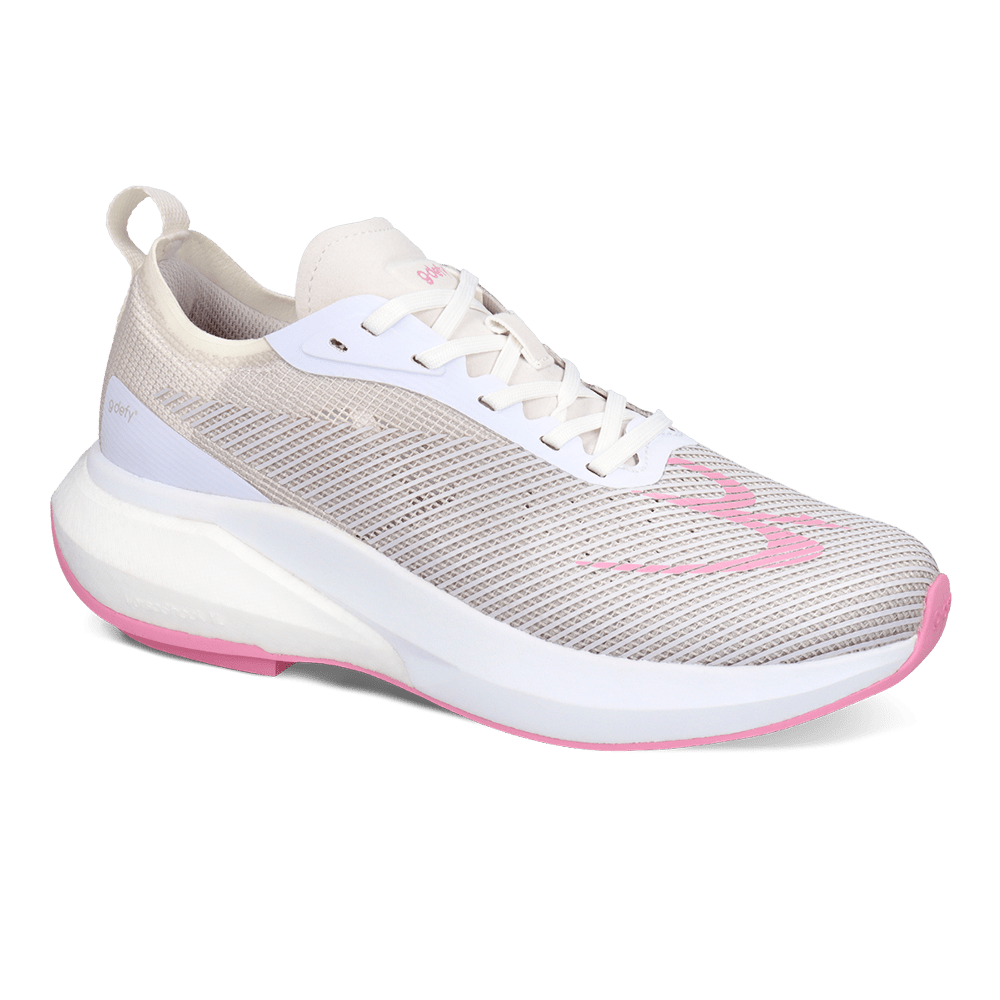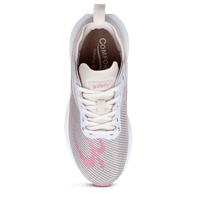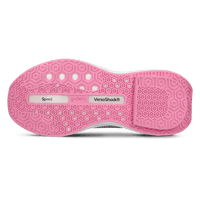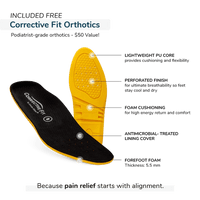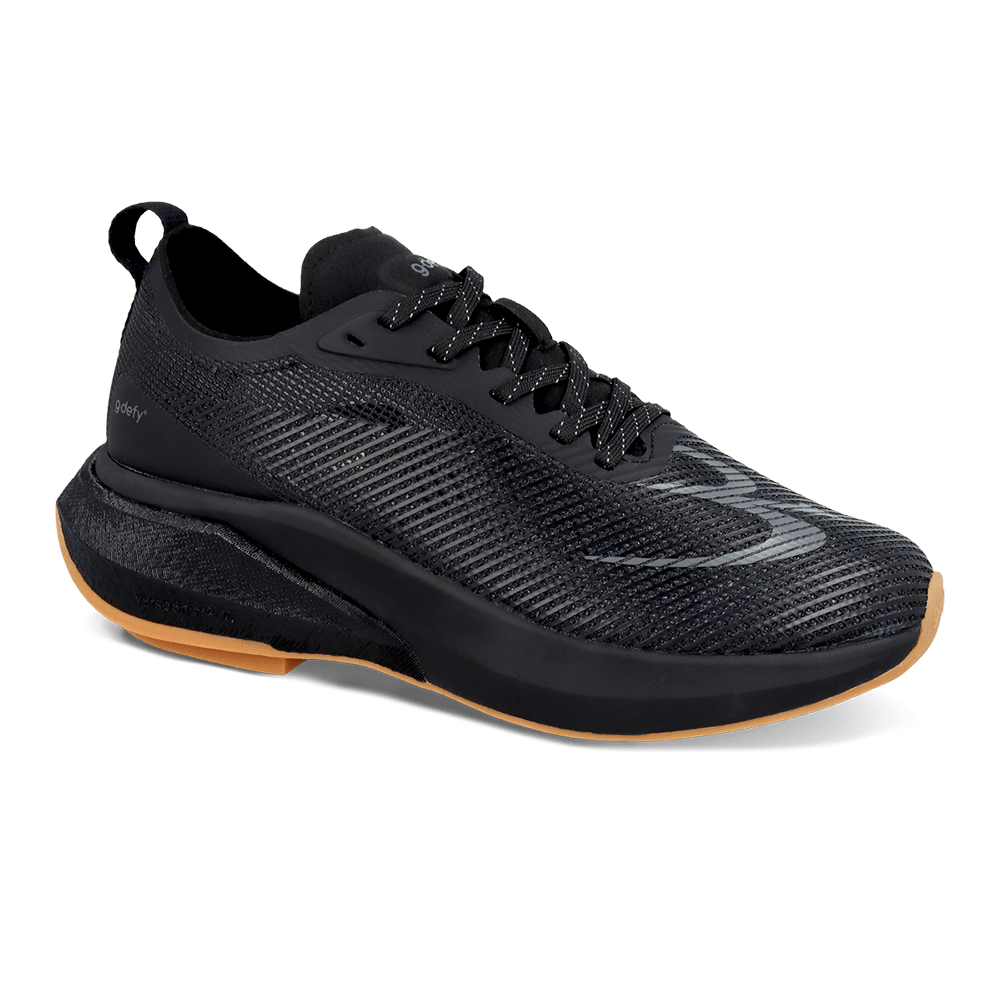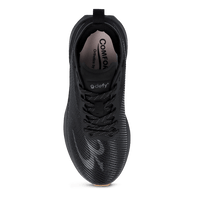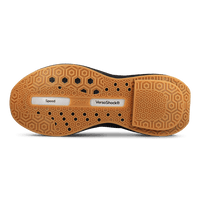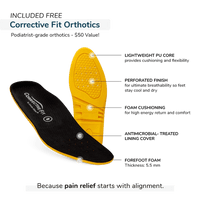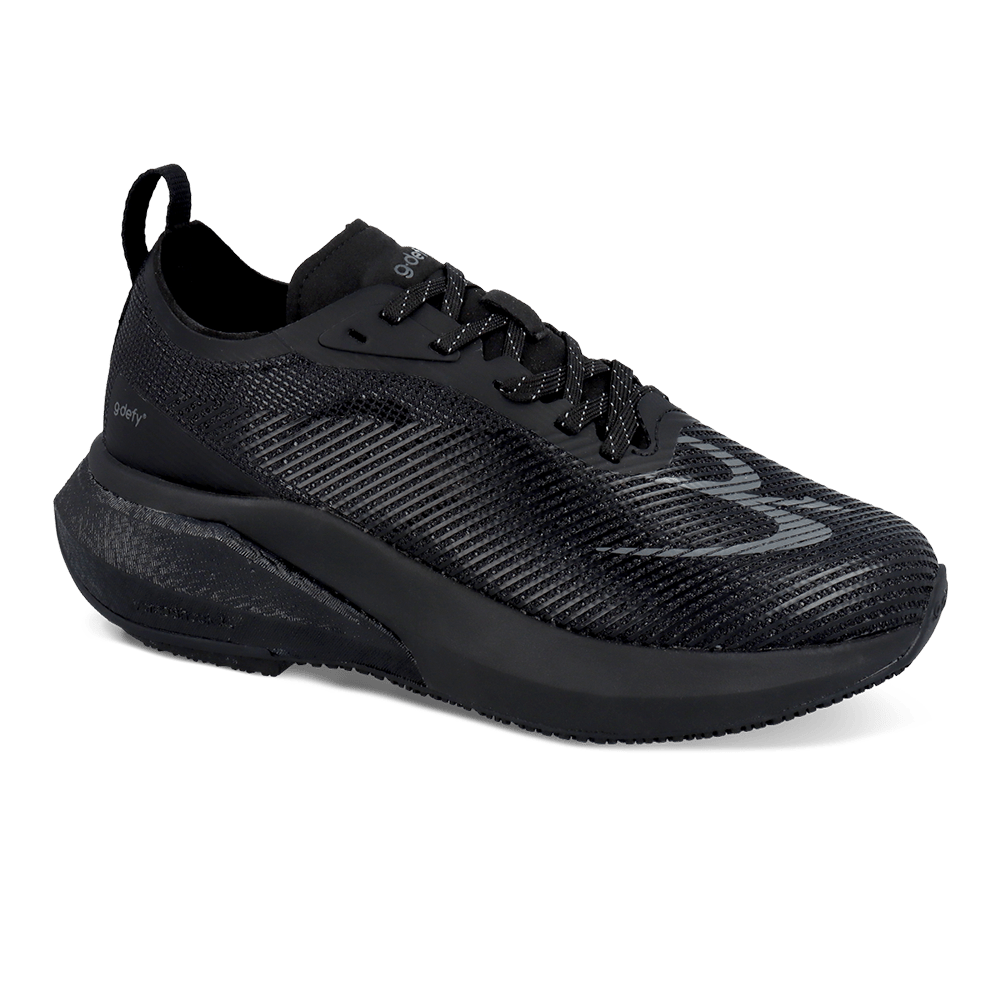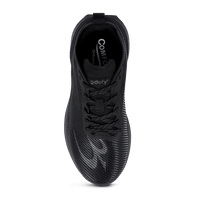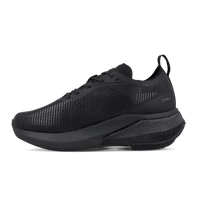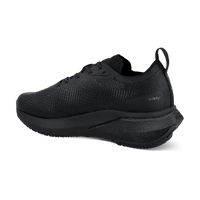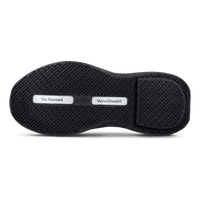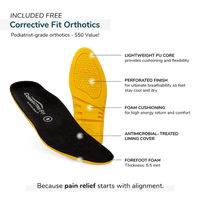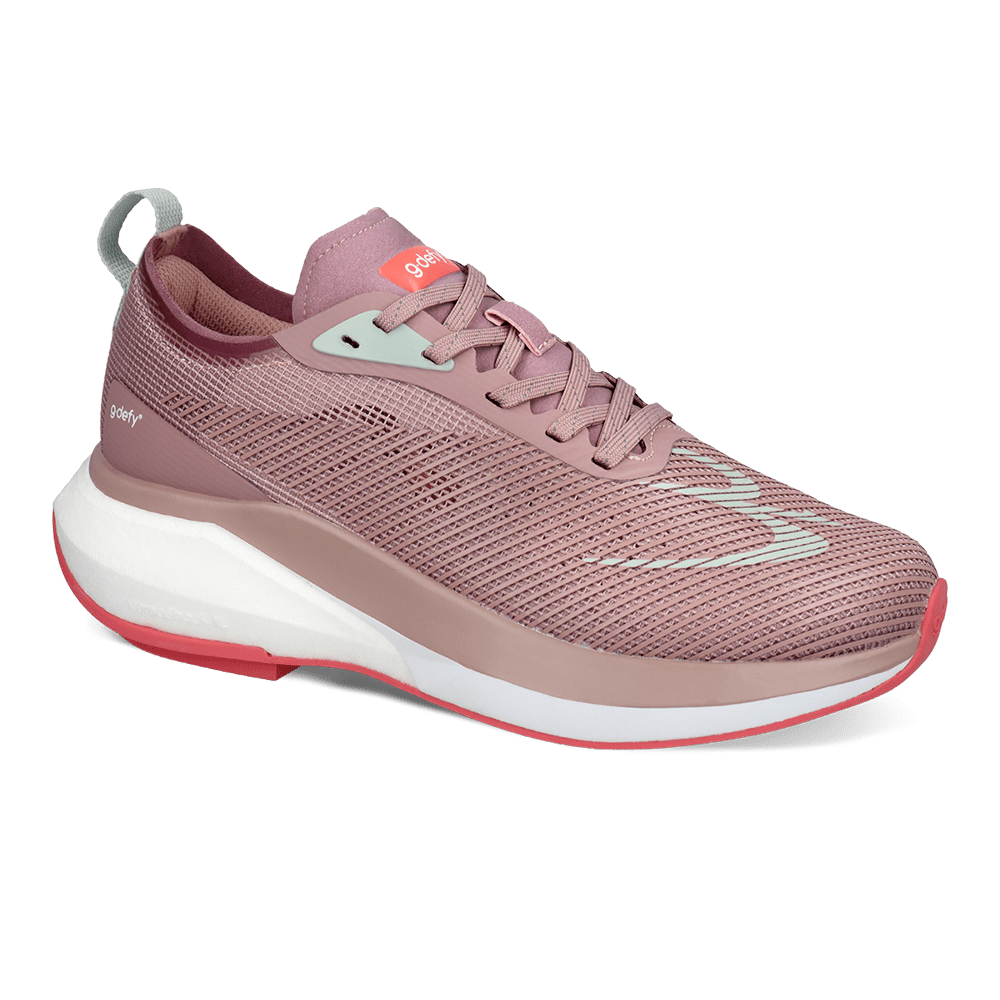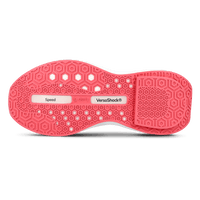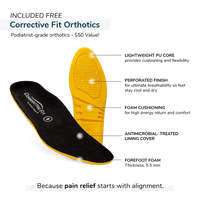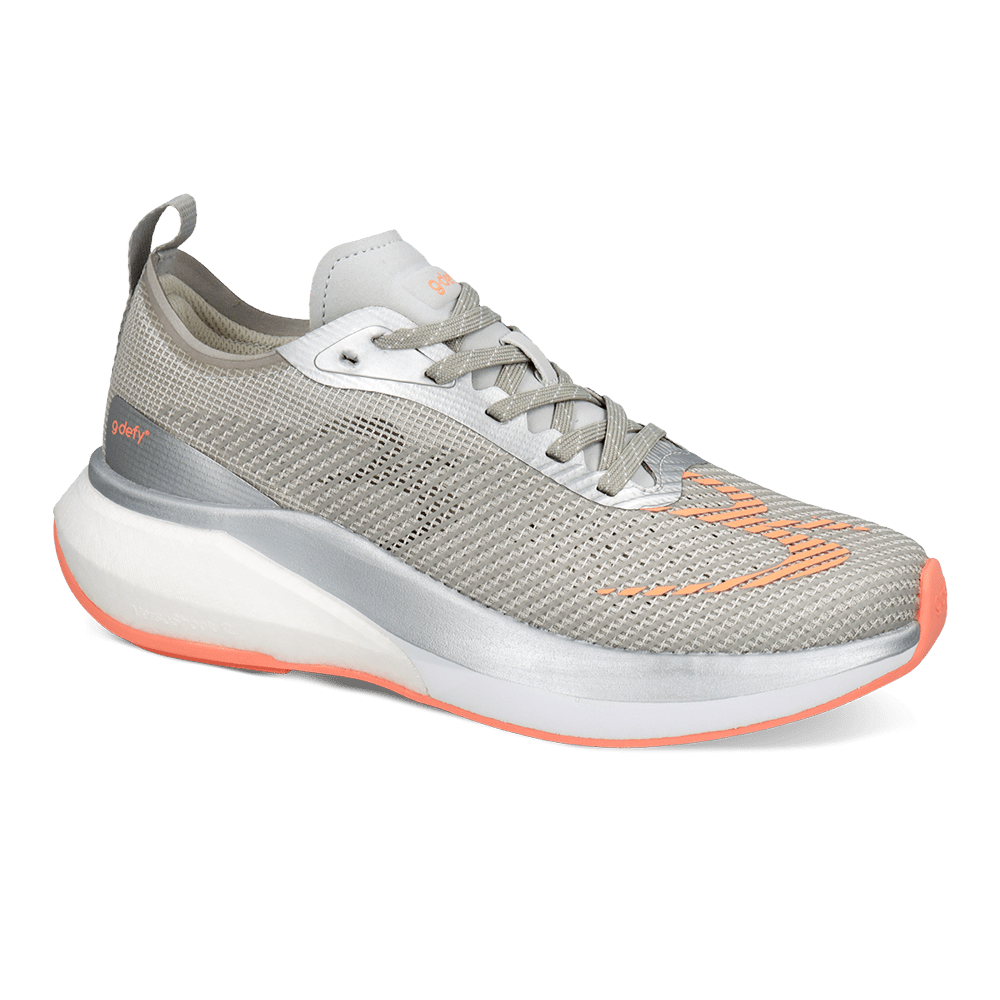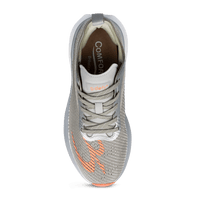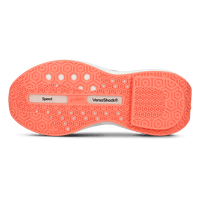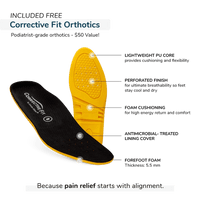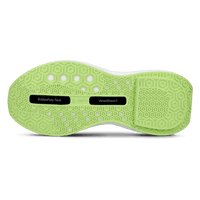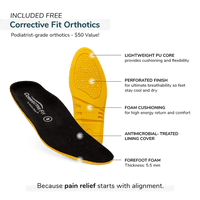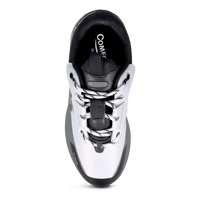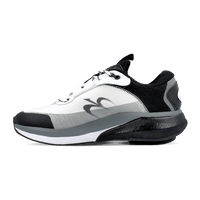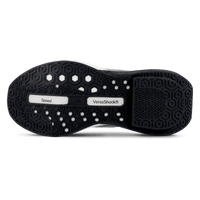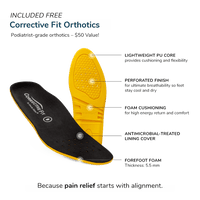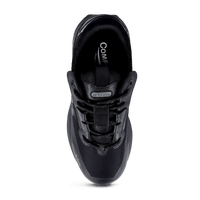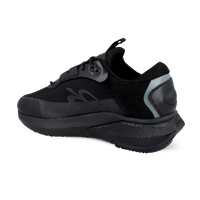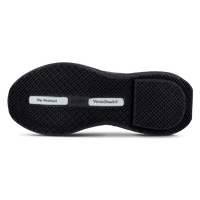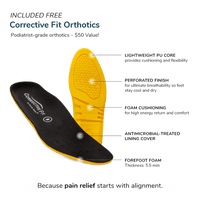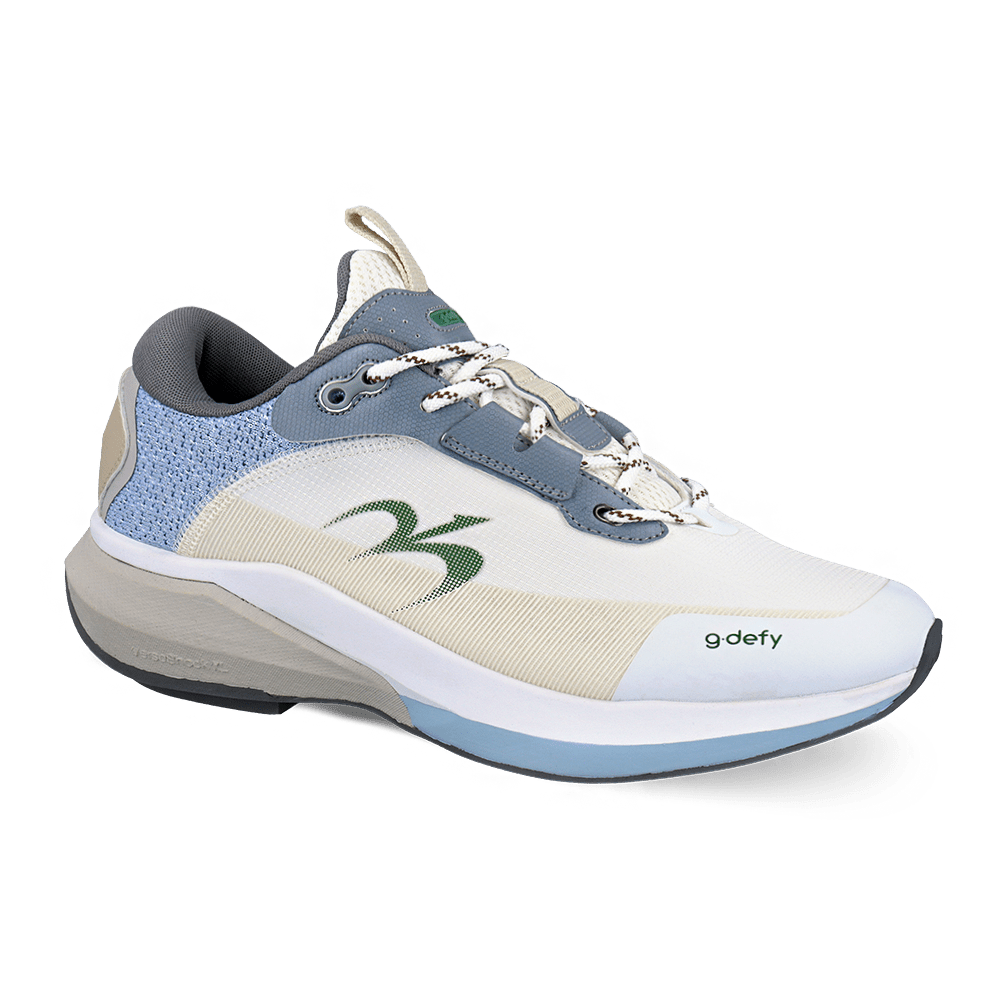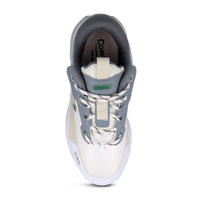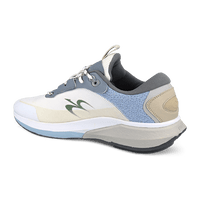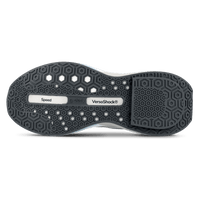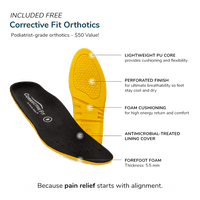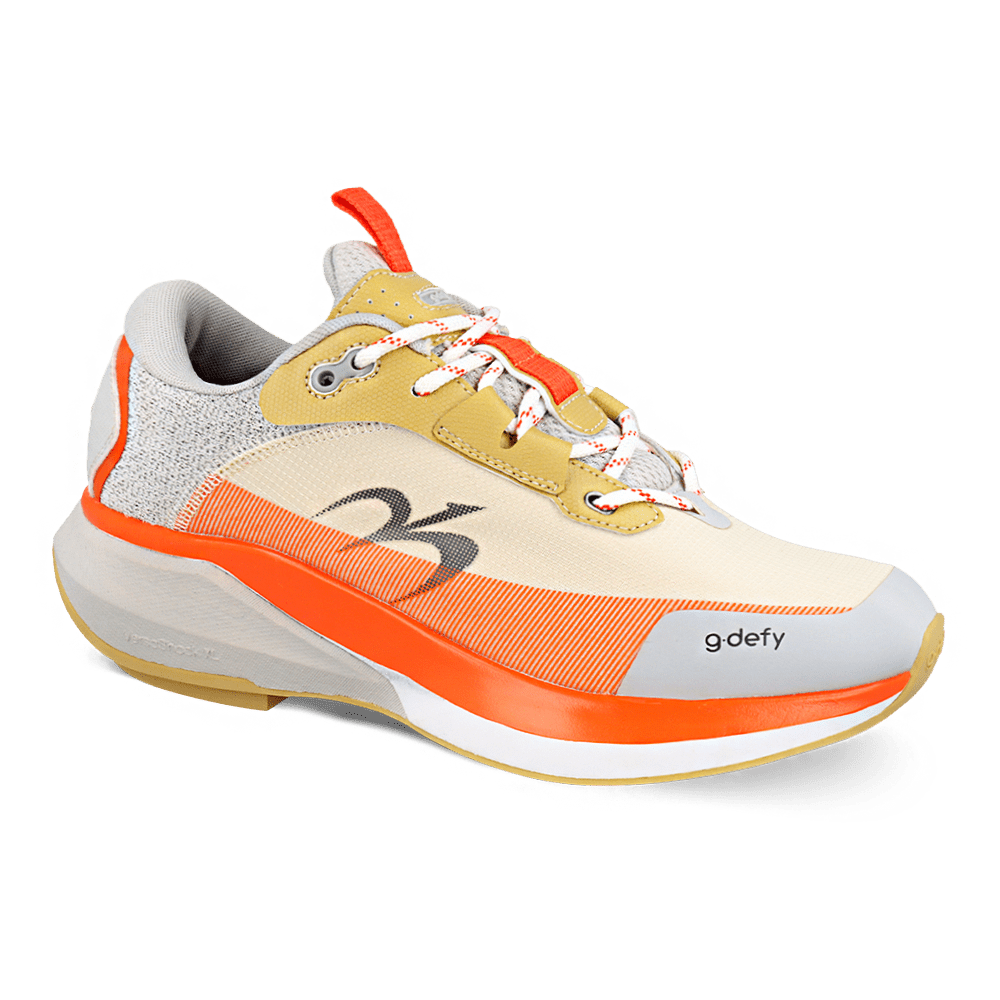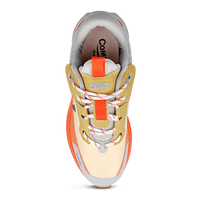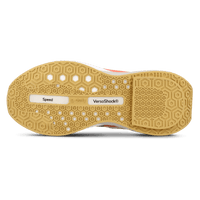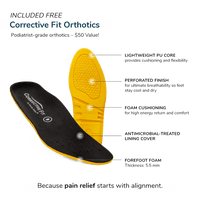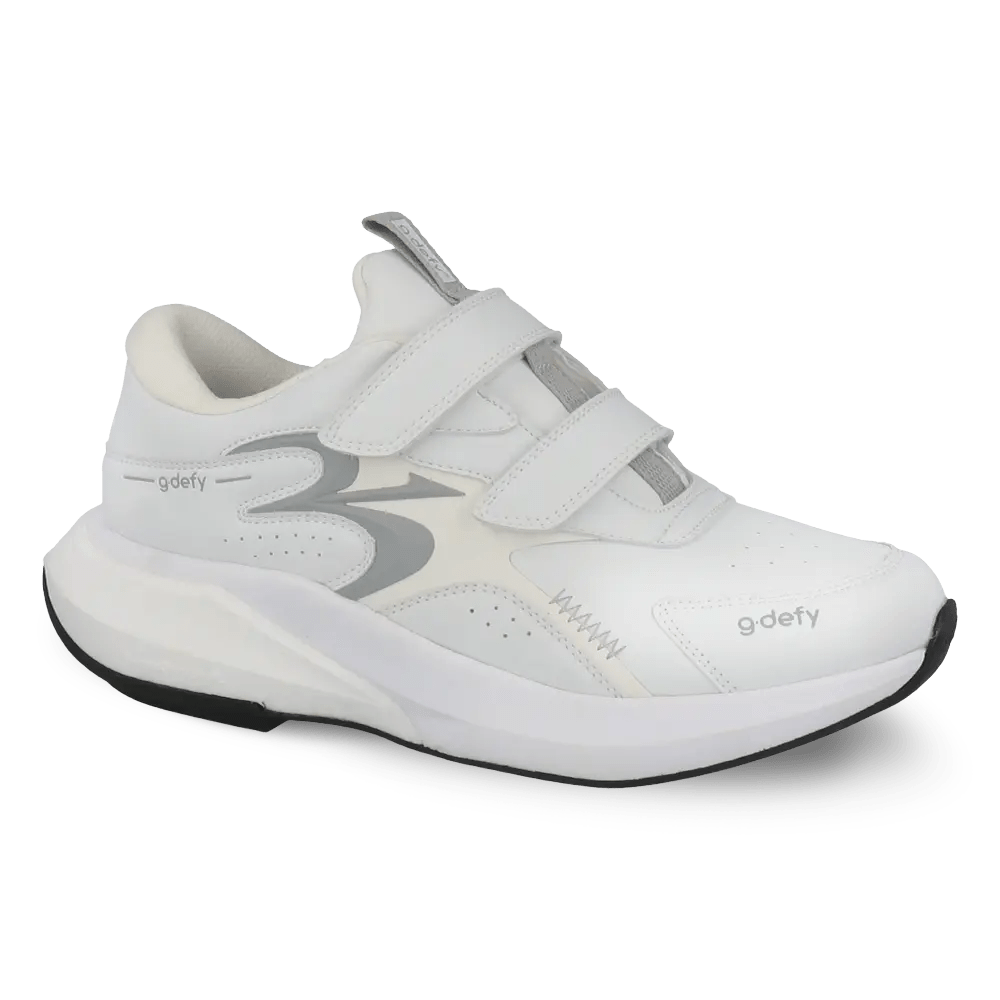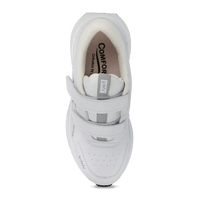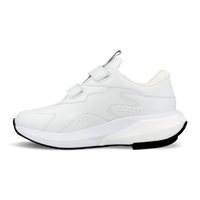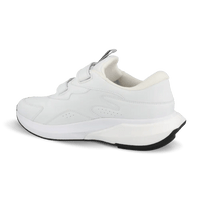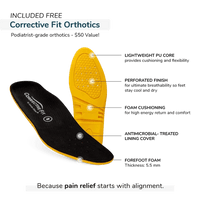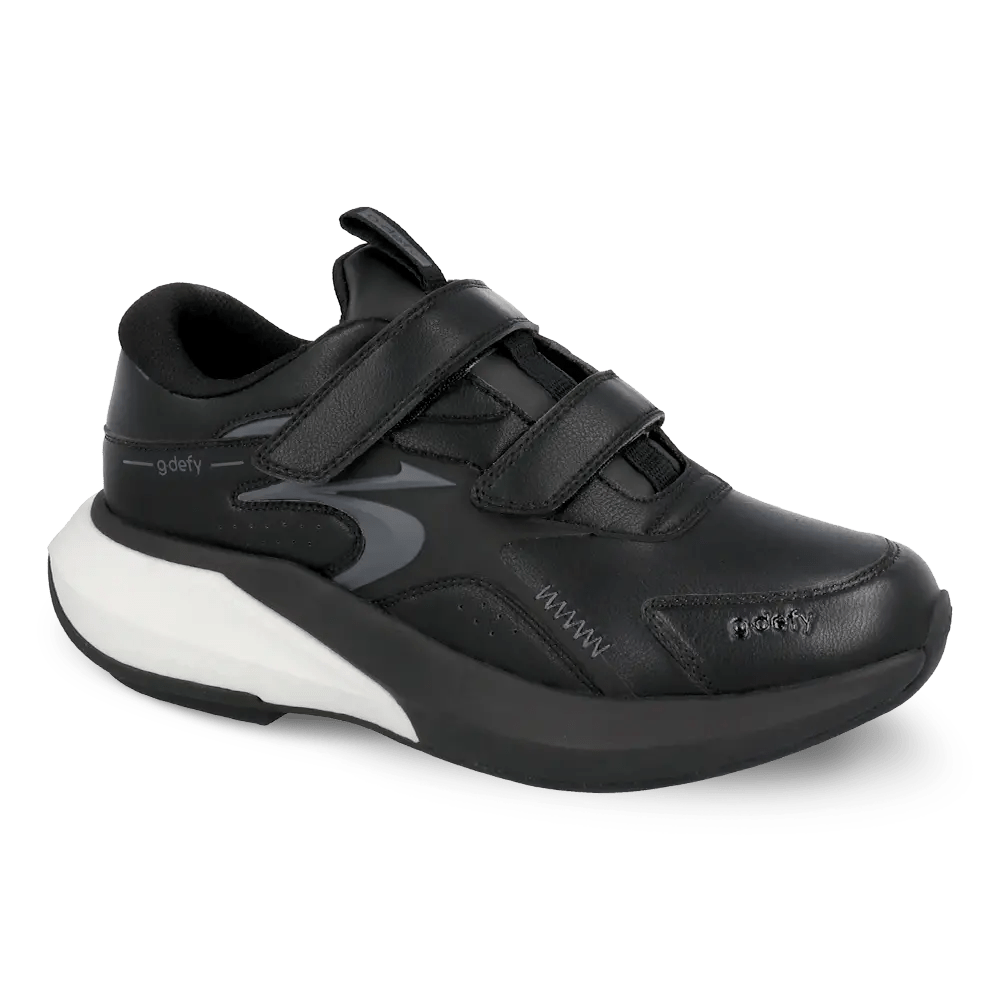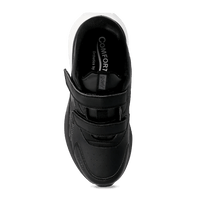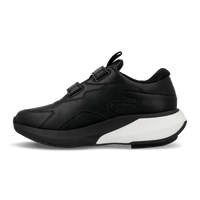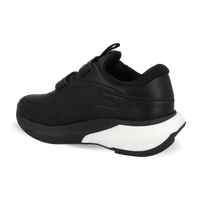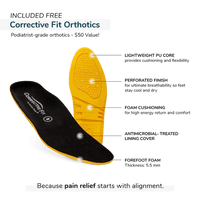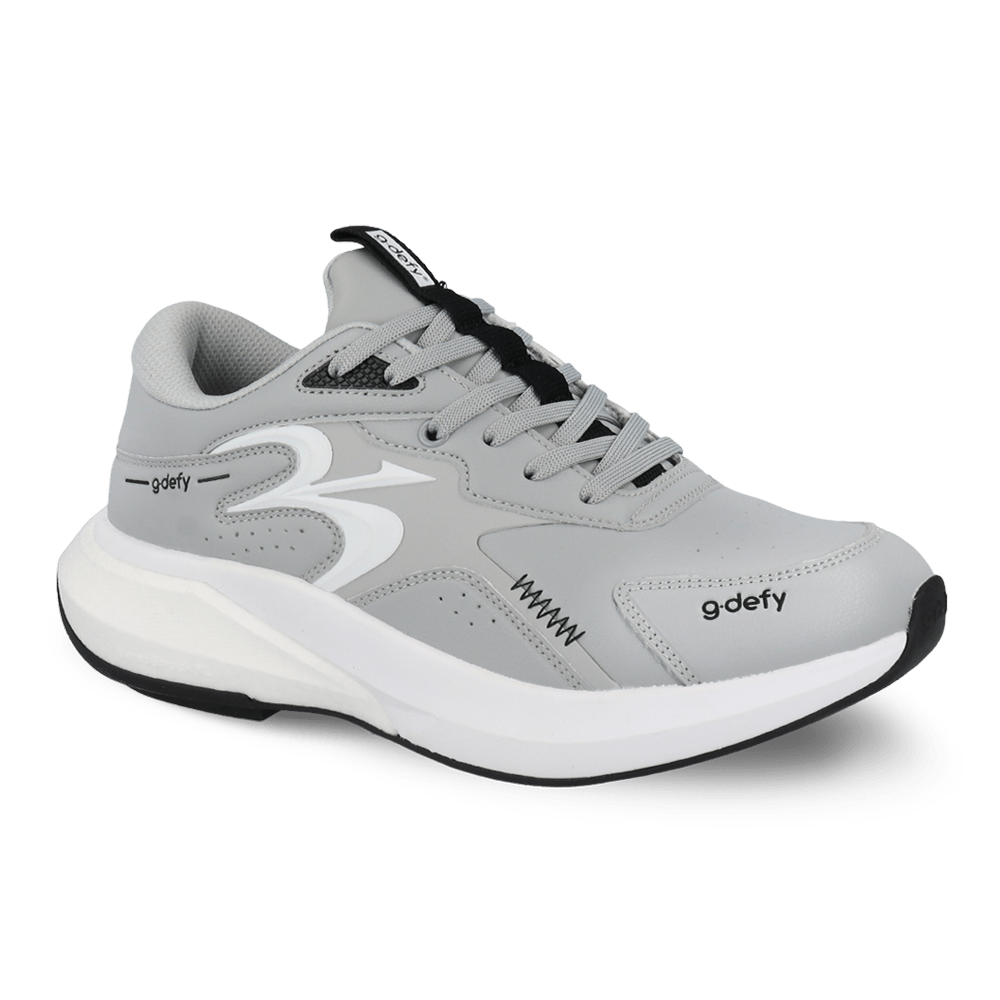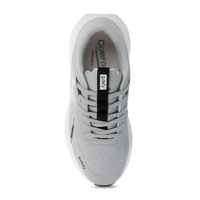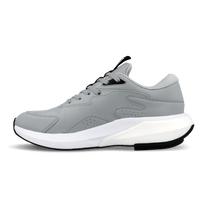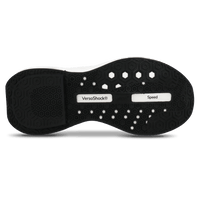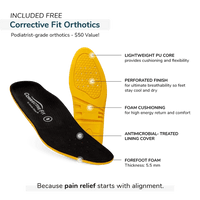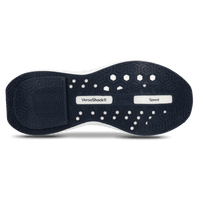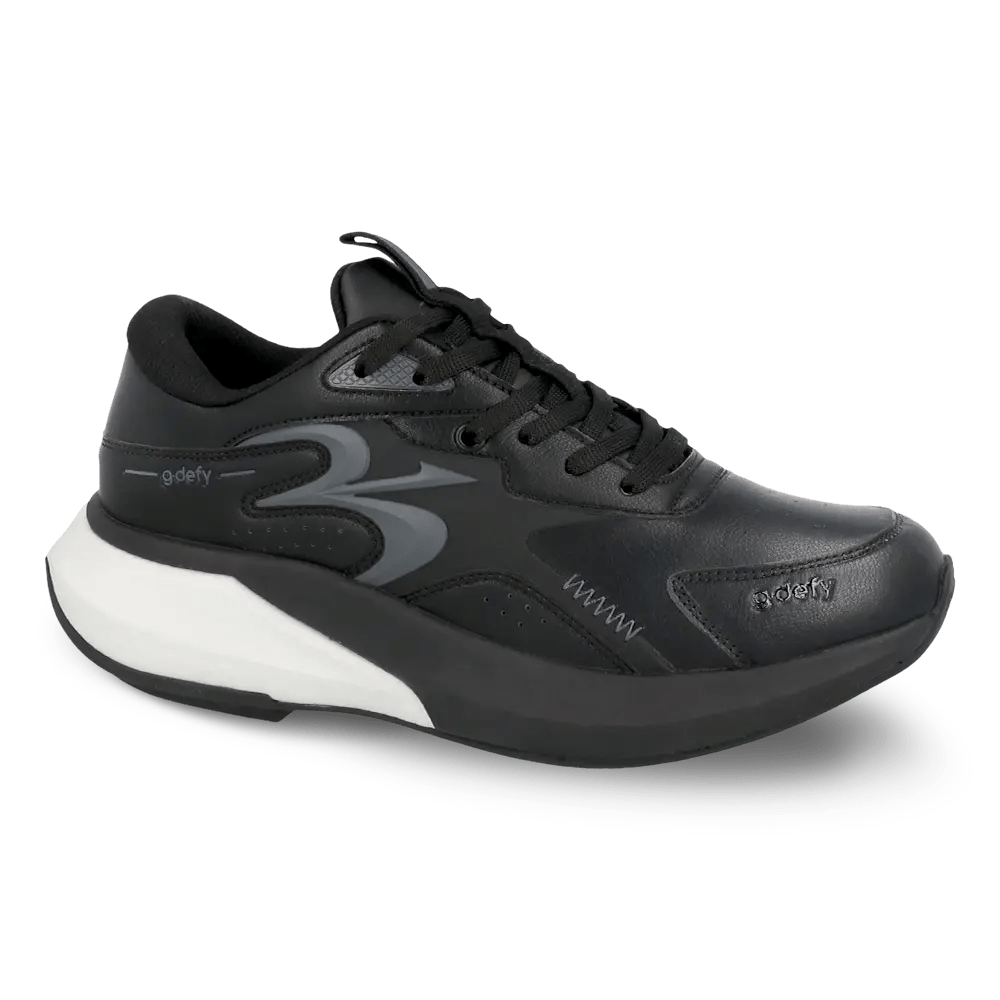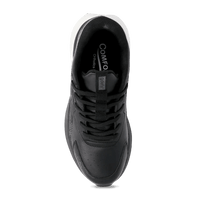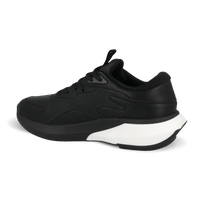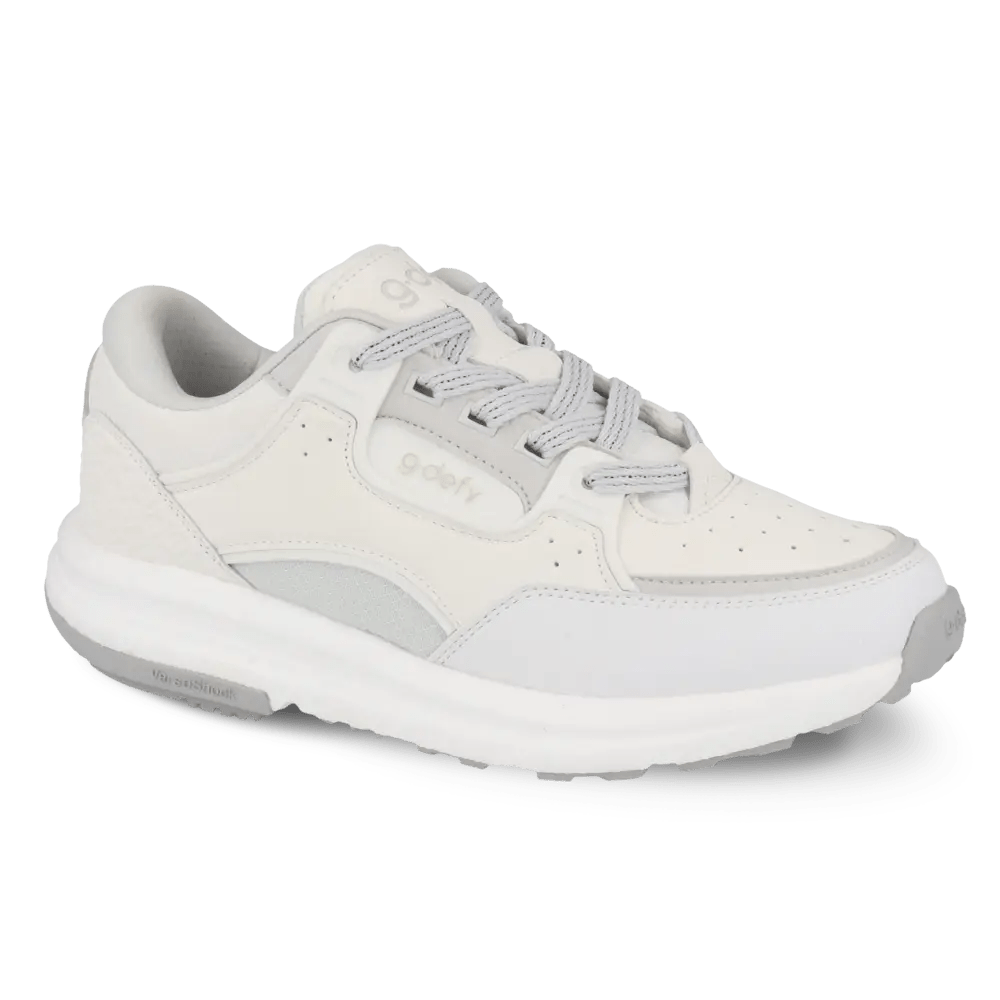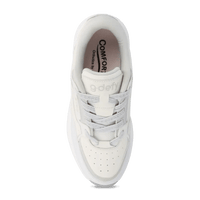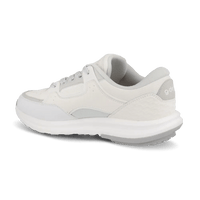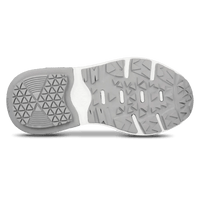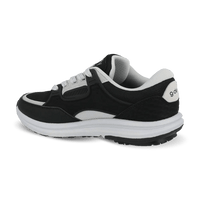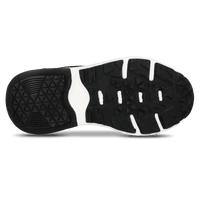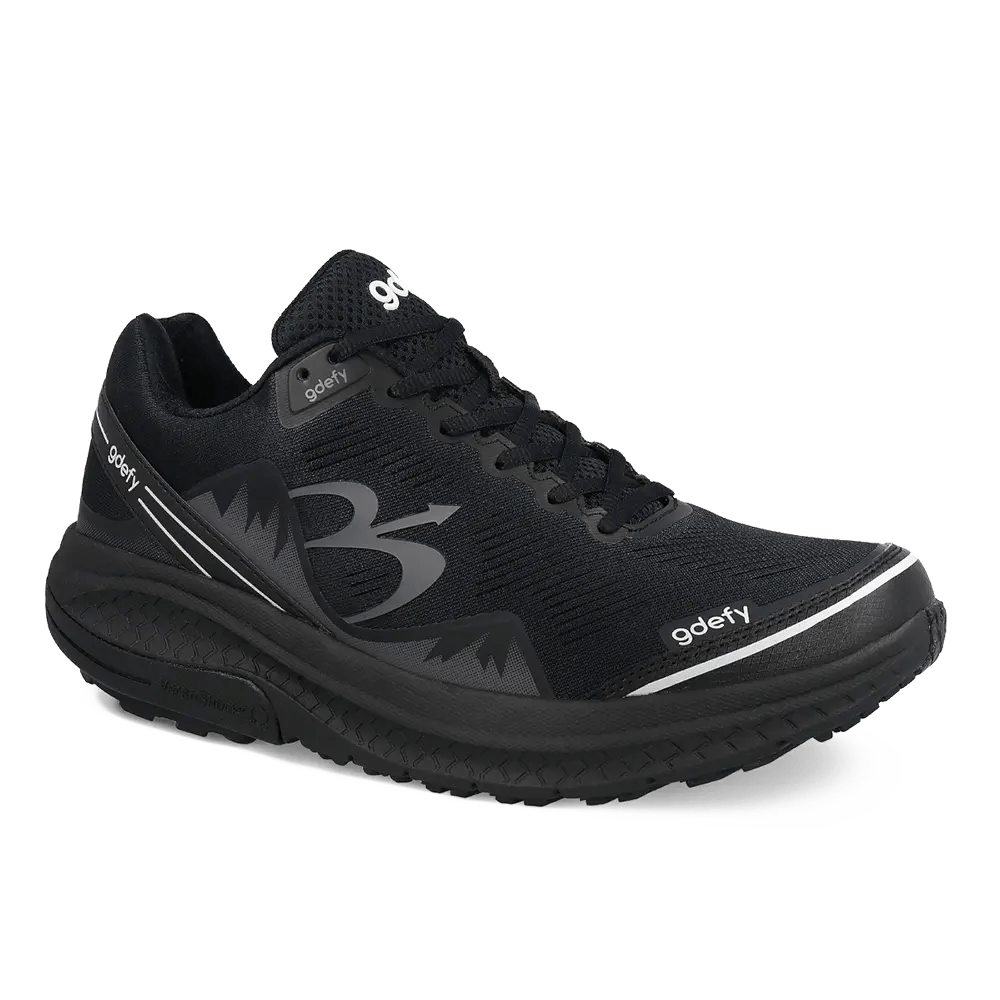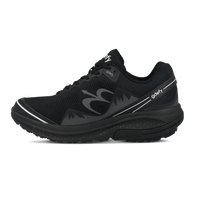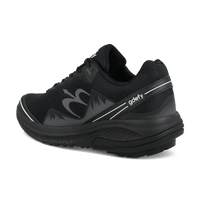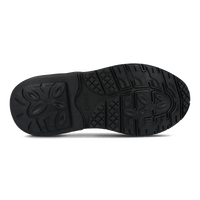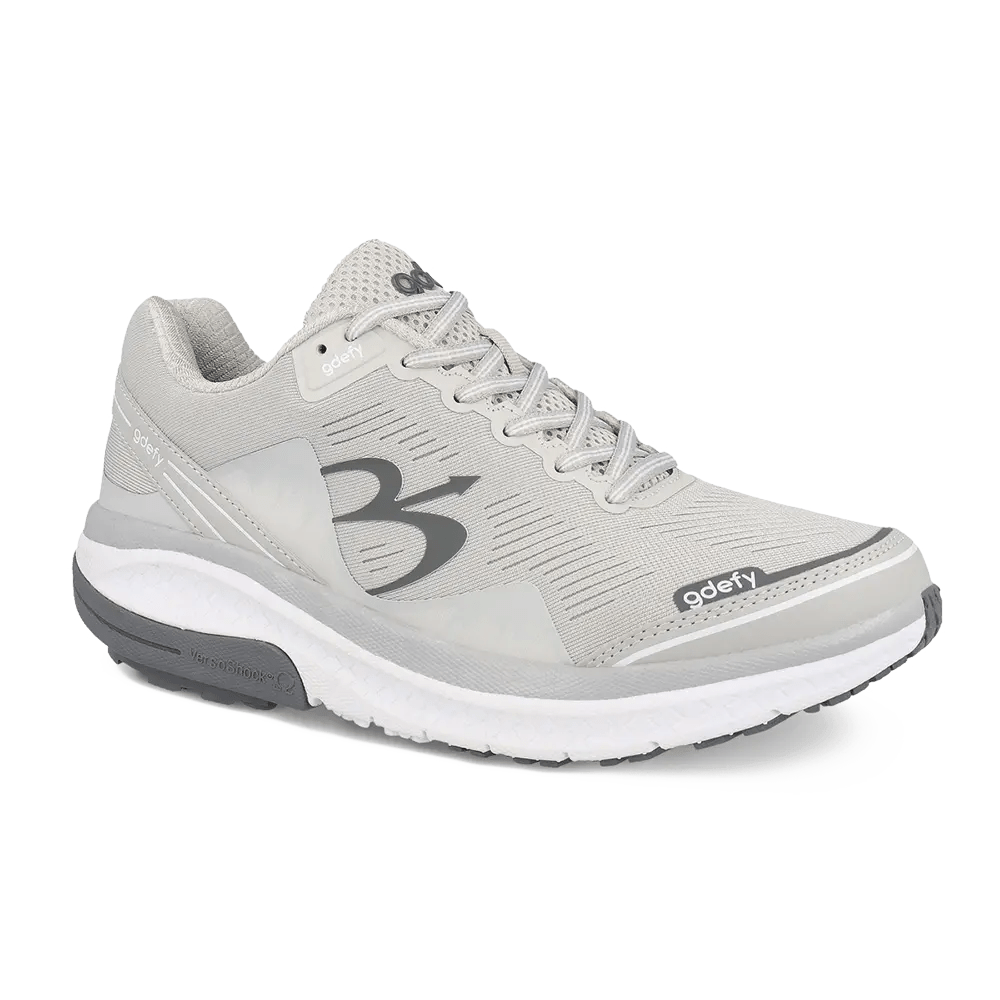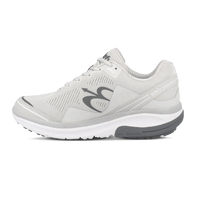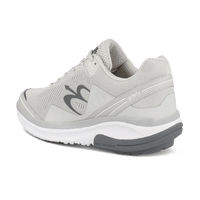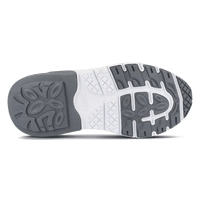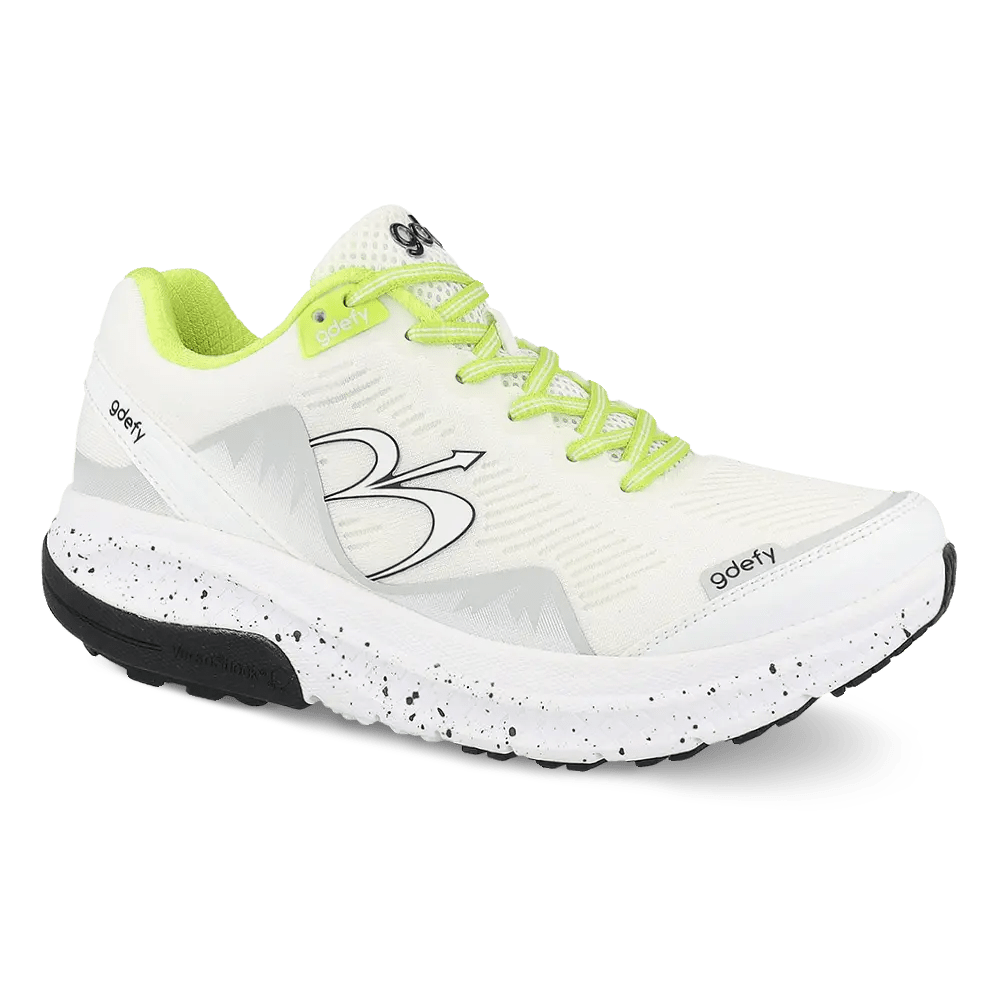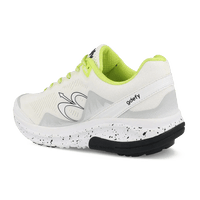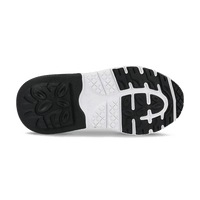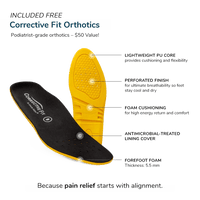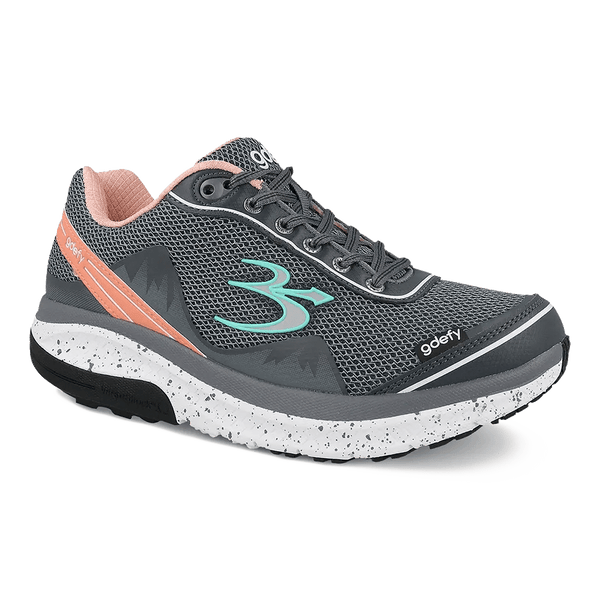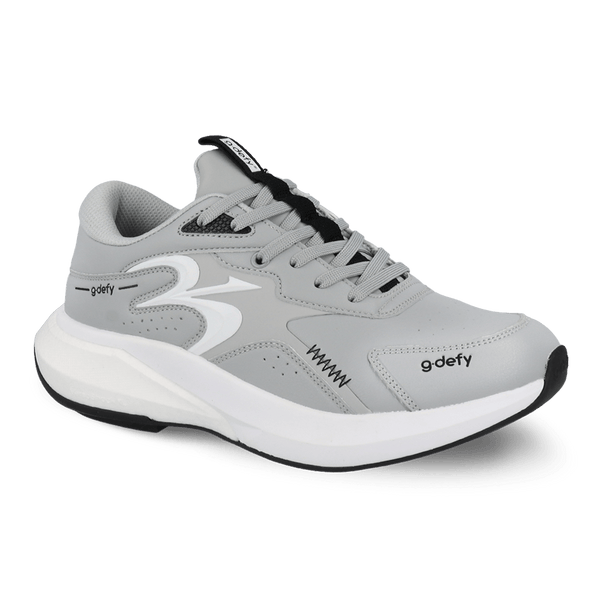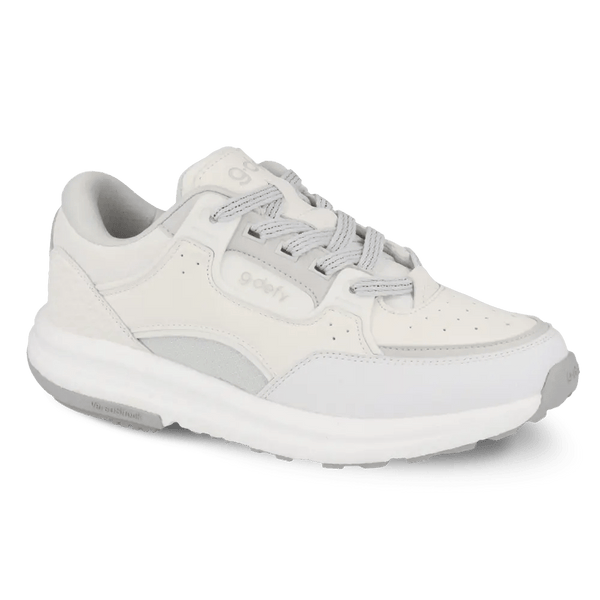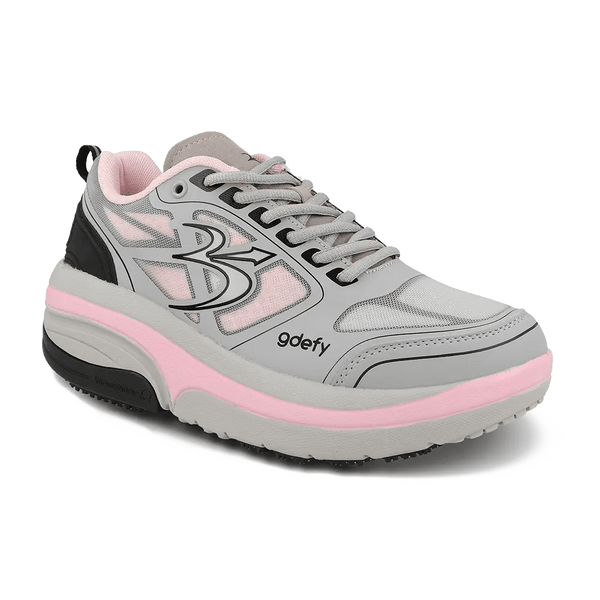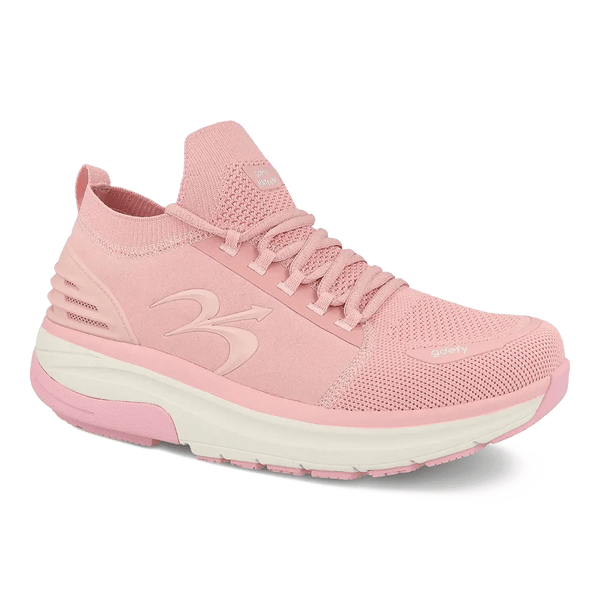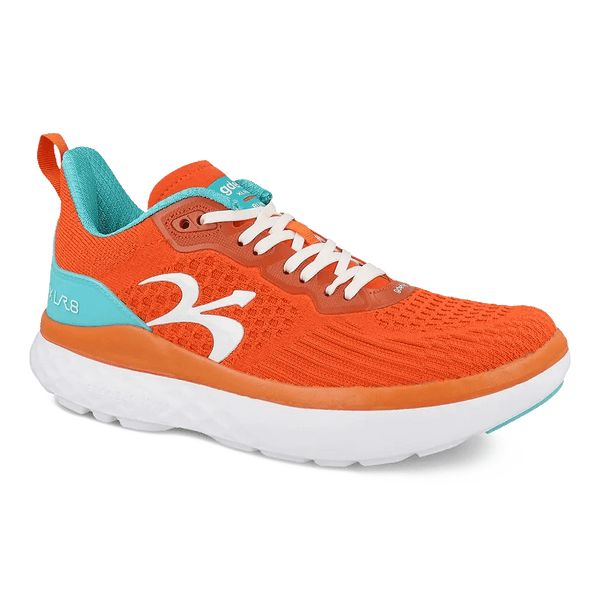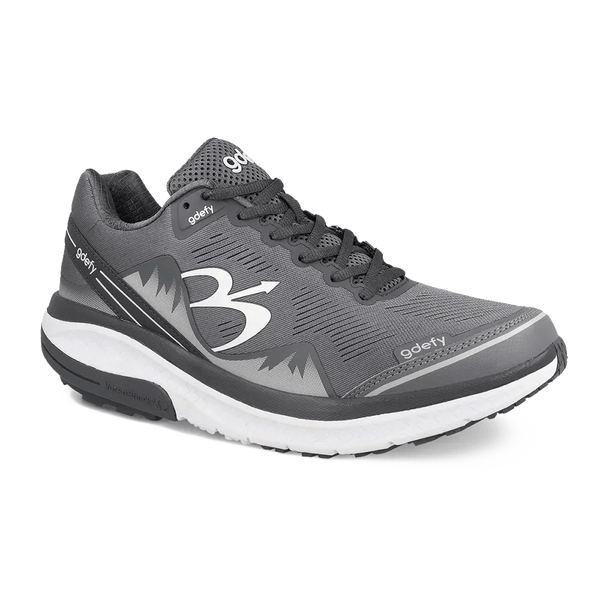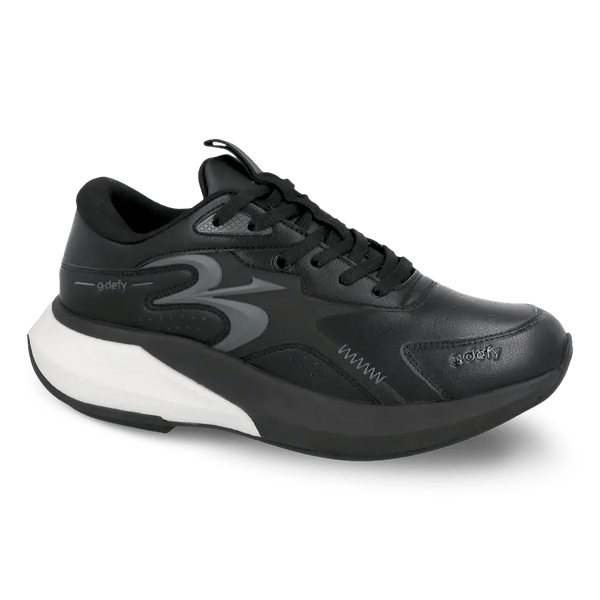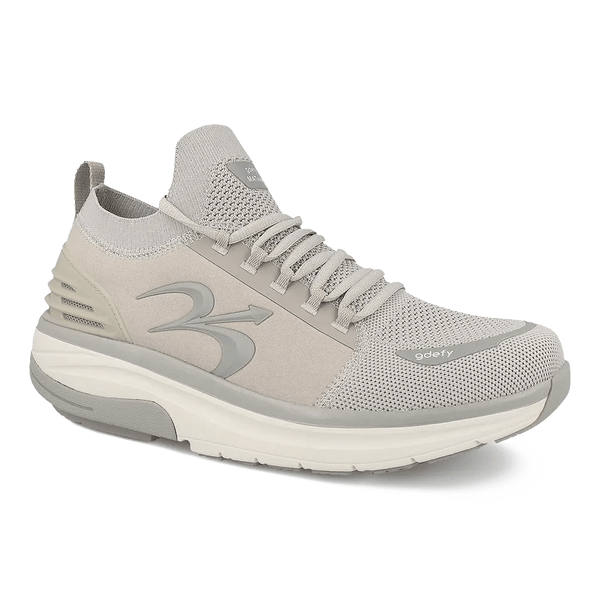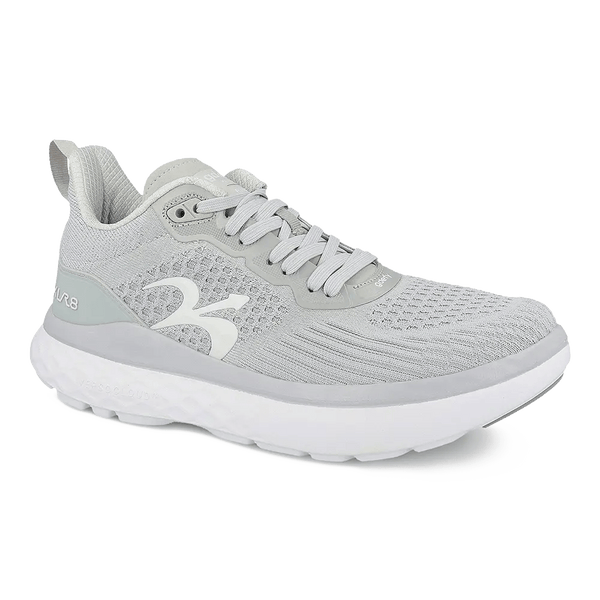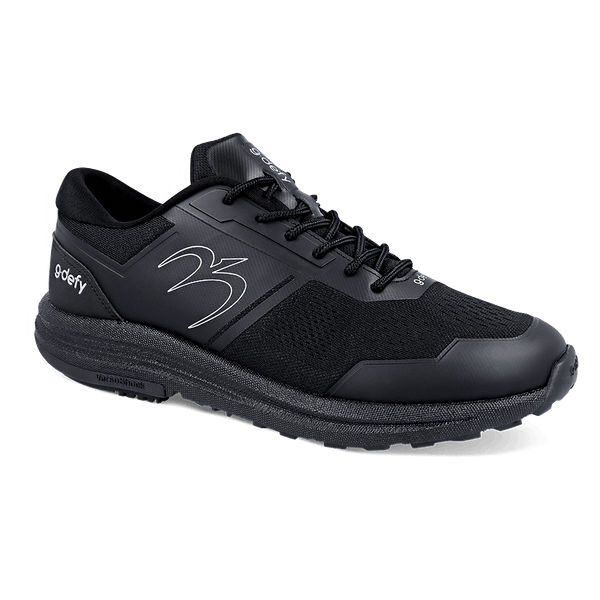May 26, 2025
Causes and Remedies for Post-Run Foot Pain
By Gdefy

Summary
Overuse and Strain
Running puts a lot of stress on your feet, especially if you're logging many miles. The repetitive impact can lead to micro-tears in the muscles and ligaments of the feet, causing soreness and discomfort. Overuse can lead to soreness on the bottom of your foot and make the soles of your feet hurt. This is particularly true if you're new to running or have recently increased your mileage. Gradual adaptation is crucial, as sudden increases in running distance or intensity can quickly overwhelm your body's ability to recover.
Improper Footwear
Wearing the wrong shoes can exacerbate foot pain. Shoes that lack proper support or cushioning can cause your feet to hurt when running. It's crucial to wear running shoes that fit well and provide adequate support for your specific foot type. The right shoe can significantly reduce the impact on your feet and help maintain proper alignment. Furthermore, old or worn-out shoes can lose their cushioning and support, making it essential to replace them regularly to protect your feet.
Flat Feet or High Arches
Your foot's structure can play a significant role in how it handles the impact of running. Flat feet or high arches can lead to uneven weight distribution, causing pain in the sole of the foot when running. Individuals with flat feet might experience overpronation, where the foot rolls inward excessively, while those with high arches might suffer from underpronation or supination, where the foot does not roll inward enough. Both conditions can lead to misalignment and increased strain on the feet.
Plantar Fasciitis
Plantar fasciitis is a common condition that causes pain on the bottom of the foot, particularly in the heel area. The plantar fascia, a thick band of tissue that runs across the bottom of your foot, can become inflamed from overuse, leading to significant discomfort. This condition is often characterized by sharp, stabbing pain, especially during the first steps in the morning or after prolonged periods of rest. Runners are particularly susceptible to plantar fasciitis due to the repetitive stress placed on the feet.
Poor Running Technique
How you run can impact your feet. A poor running form or technique can lead to unnecessary stress on your feet, resulting in soreness after running. Common form errors include overstriding, inadequate knee lift, and improper foot placement, all of which can contribute to inefficient movement patterns and increased risk of injury. Improving your running technique can not only alleviate foot pain but also enhance your overall performance.
Hard Running Surfaces
Running on hard surfaces like concrete can contribute to foot pain due to the increased impact on your feet. Hard surfaces do not absorb shock well, transferring more force through your feet and legs. Varying your running terrain can help reduce this impact. Opt for softer surfaces like grass, dirt trails, or tracks, which can help cushion your feet and reduce the risk of injury.
Remedies for Sore Feet After Running
Now that we've explored some causes, let's look at effective remedies to alleviate foot pain after running. Implementing these remedies can help you manage pain and continue running comfortably.
Choose the Right Shoes
Invest in quality running shoes that provide the right support and cushioning for your feet. Consider visiting a specialty running store to get fitted for shoes that match your foot type and running style. Shoe experts can analyze your gait and recommend footwear that accommodates your unique needs, helping to prevent pain and injuries. Additionally, rotating between different pairs of shoes can help extend their lifespan and provide varied support for your feet.
Gradually Increase Mileage
Avoid making sudden jumps in your running distance. Gradually increase your mileage to give your feet time to adapt to the increased load and prevent overuse injuries. Following a structured training plan can help ensure you progress at a safe and sustainable rate. Listening to your body and allowing for adequate rest and recovery between runs is equally important in preventing foot pain.
Strengthen Foot Muscles
Strengthening the muscles in your feet can help support your running. Simple exercises like toe curls and foot rolling with a tennis ball can enhance foot strength and flexibility. Incorporating exercises that target the intrinsic muscles of the feet, such as toe spreads and arch lifts, can also improve your foot's ability to absorb impact and support your body during running. Regularly practicing these exercises can lead to long-term improvements in foot health.
Stretch Regularly
Incorporate stretching into your routine to maintain flexibility in your feet and lower legs. Focus on stretches that target the calves, Achilles tendon, and plantar fascia. Stretching before and after running can help reduce muscle tension and improve your range of motion. Dynamic stretching before runs and static stretching afterward can be particularly effective in preventing tightness and soreness.
Use Orthotics
If you have flat feet or high arches, consider using orthotic inserts in your running shoes. These can provide additional support and help distribute pressure more evenly across your feet. Custom orthotics, made specifically for your foot shape and needs, can offer the best results. Consulting with a podiatrist or orthopedic specialist can help determine if orthotics are right for you.
Apply Ice and Elevation
After a run, apply ice to any areas of soreness and elevate your feet to reduce swelling and inflammation. This can be particularly helpful if you're dealing with plantar fasciitis or other inflammatory conditions. Ice therapy helps numb pain and constrict blood vessels, reducing swelling, while elevation promotes circulation and decreases fluid buildup.
Massage Your Feet
Massaging your feet can help relieve tension and improve circulation. Consider using a foam roller or massage ball to target specific areas of discomfort. Regular foot massages can also aid in releasing tight muscles and fascia, providing relief from chronic pain. Incorporating massage into your post-run routine can be a soothing way to unwind and care for your feet.
When to Seek Professional Help
While many cases of foot pain after running can be managed with self-care, there are times when professional help is necessary. Knowing when to seek medical advice is crucial in preventing more serious issues.
Persistent Pain
If your foot pain persists despite trying these remedies, it may be time to consult a healthcare professional. Persistent pain could indicate an underlying issue that requires medical attention. A doctor can perform a thorough examination, possibly including imaging tests, to diagnose the problem and recommend appropriate treatment options.
Severe Swelling or Bruising
Significant swelling or bruising, particularly if accompanied by sharp pain, should not be ignored. These symptoms could be signs of a more serious injury, such as a fracture. Immediate evaluation by a healthcare provider is necessary to prevent further damage and ensure proper healing.
Difficulty Bearing Weight
If you find it difficult to bear weight on your foot, it's essential to seek medical advice promptly. This could be indicative of a serious injury that needs immediate attention. Prompt intervention can prevent complications and facilitate a quicker recovery, allowing you to return to running sooner.
Prevention Tips for Healthy Feet
Preventive measures can go a long way in keeping your feet pain-free while running. By incorporating these tips into your routine, you can minimize the risk of foot pain and enjoy your runs more fully.
Proper Warm-Up
Always start your runs with a proper warm-up to prepare your muscles and joints for the activity ahead. A good warm-up increases blood flow and reduces the risk of injury. Incorporate dynamic stretches and light cardio to get your body ready for the demands of running, enhancing performance and reducing the likelihood of pain.
Cross-Training
Incorporate cross-training activities like cycling or swimming into your routine. This provides a break from running while still maintaining your fitness levels. Cross-training helps prevent overuse injuries by reducing repetitive stress on your feet and legs, while also improving overall strength and endurance.
Listen to Your Body
Pay attention to what your body is telling you. If you feel discomfort or pain, take a break and give your feet time to recover. Pushing through pain can lead to more severe injuries. Rest and recovery are as vital as training, allowing your body to heal and adapt, ultimately enhancing your running experience.
Conclusion
Foot pain after running is a common issue, but it doesn't have to be a permanent one. By understanding the causes and implementing effective remedies, you can enjoy your runs without the discomfort of sore feet. Taking proactive steps to address and prevent pain not only improves your running experience but also contributes to overall foot health. Remember, the key is to listen to your body and take proactive steps to prevent and address any pain that arises. Prioritizing foot care ensures that you can continue to reap the many benefits of running.
Happy running, and may your feet stay healthy and pain-free!



